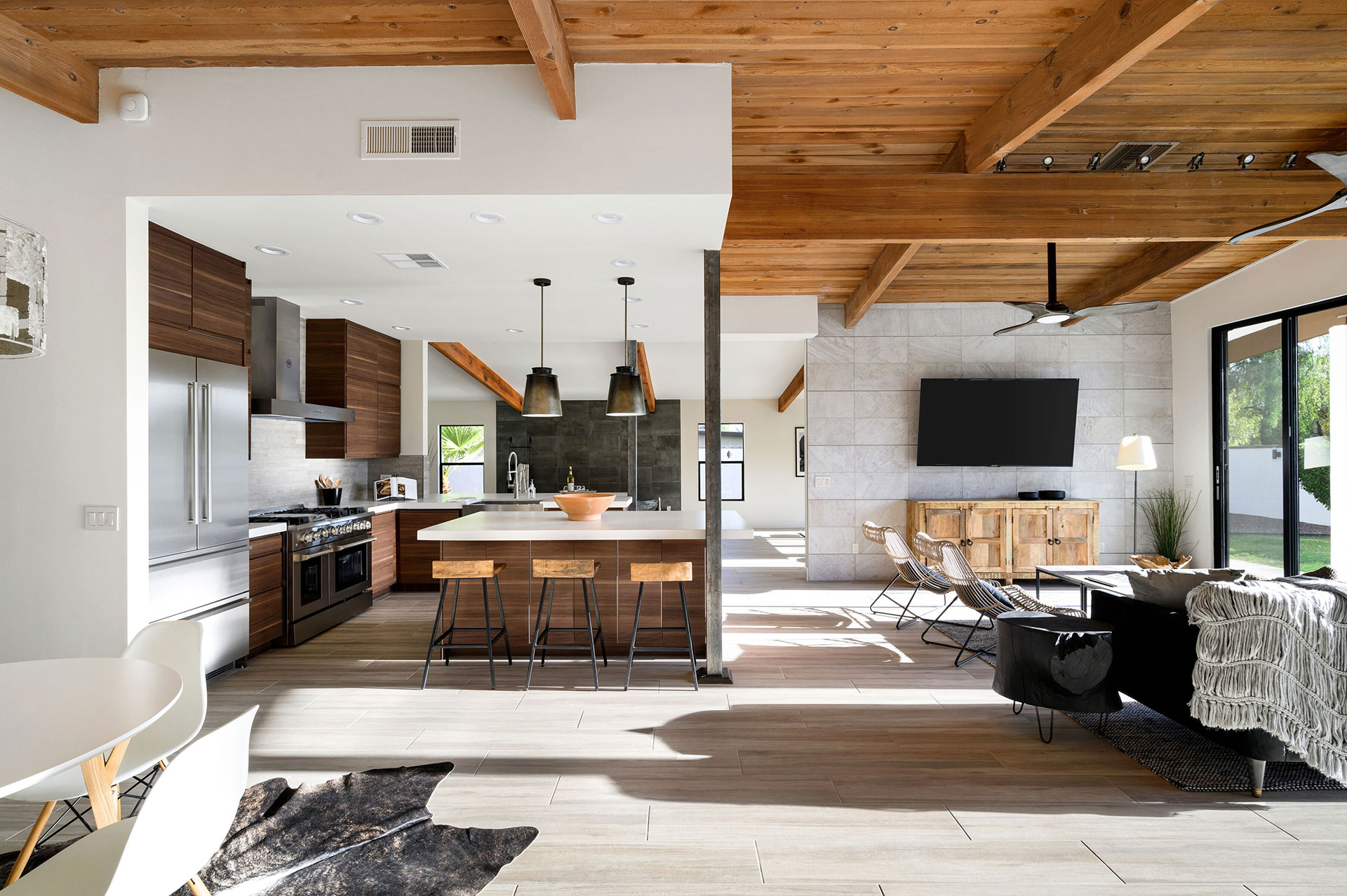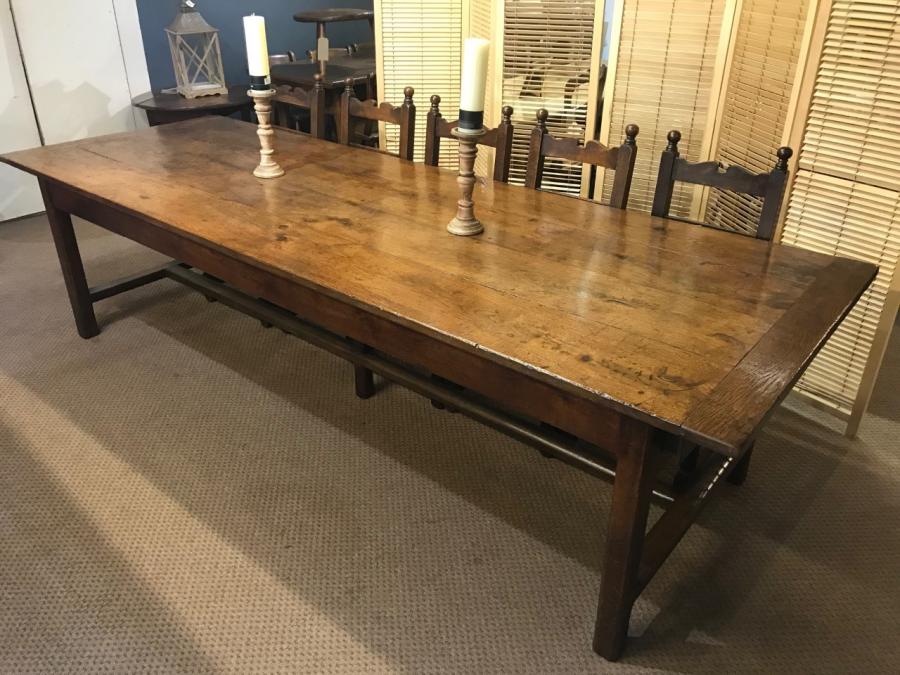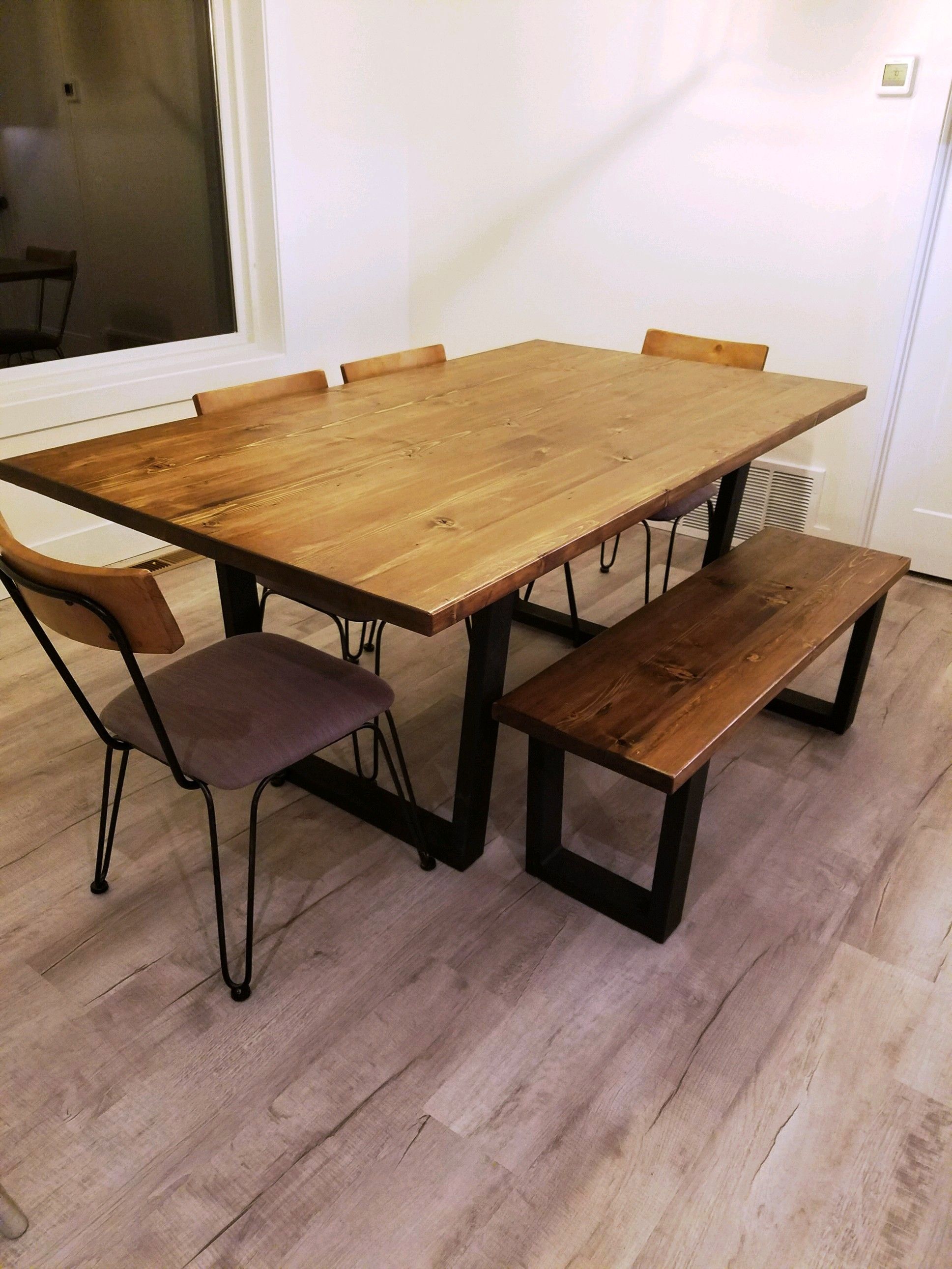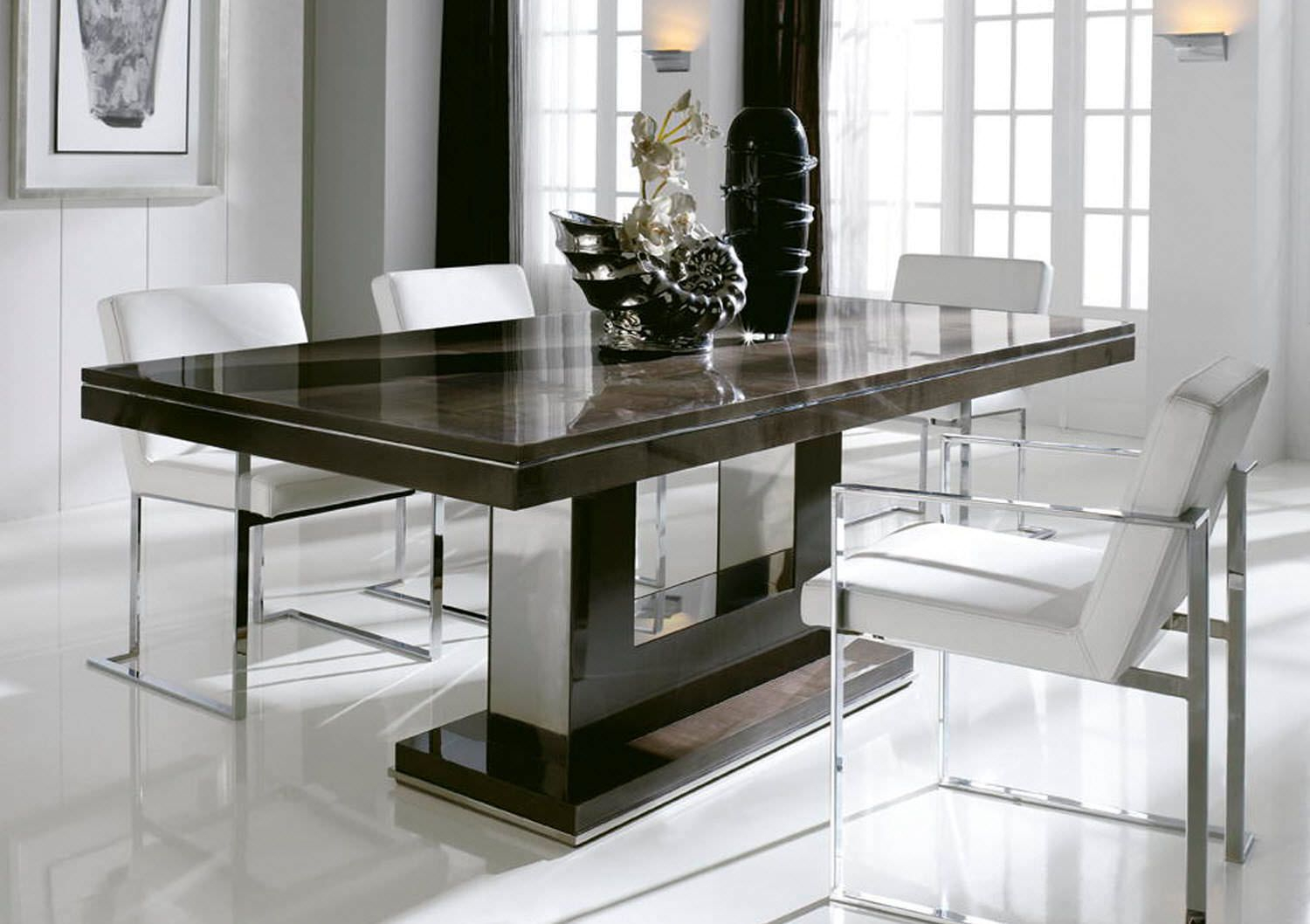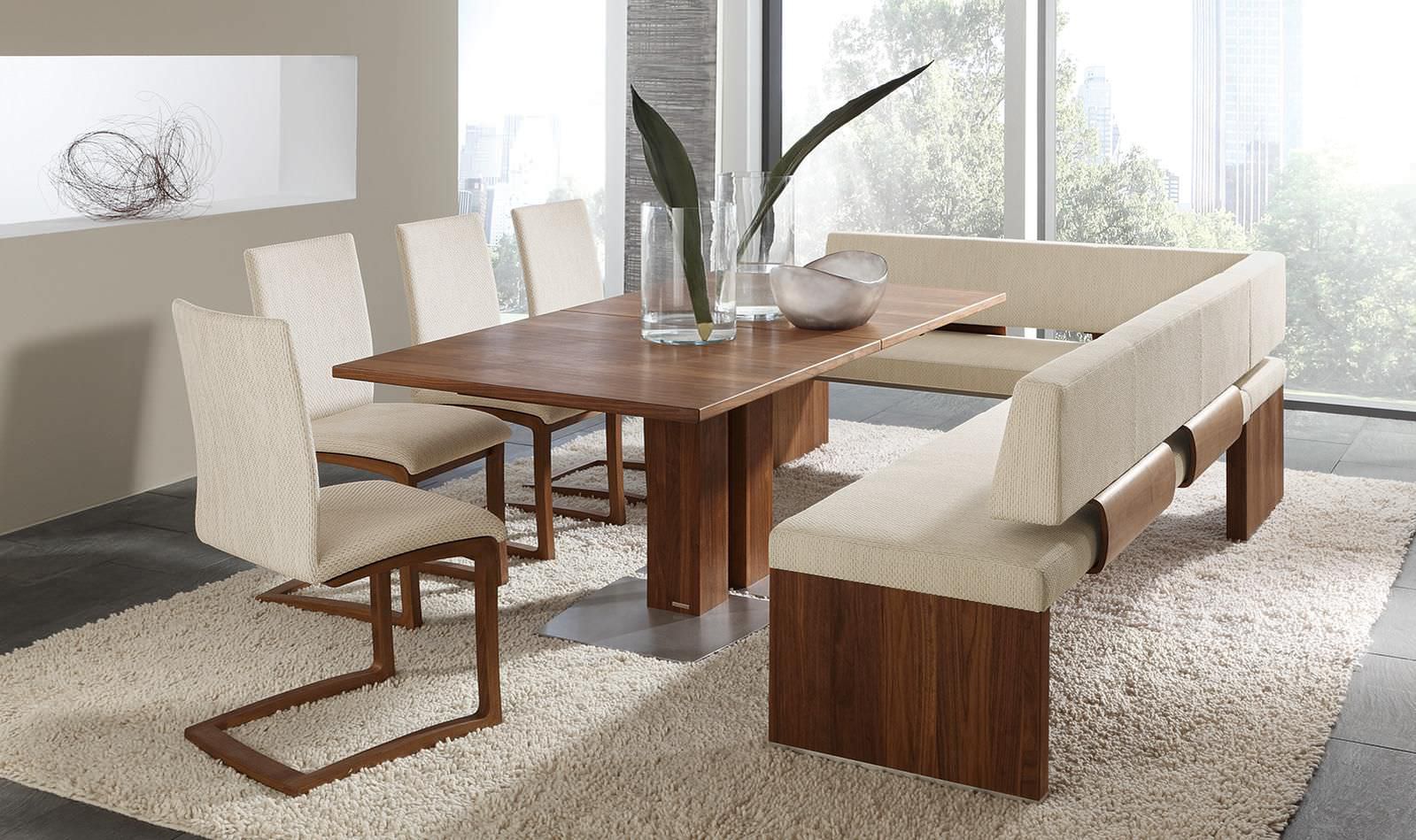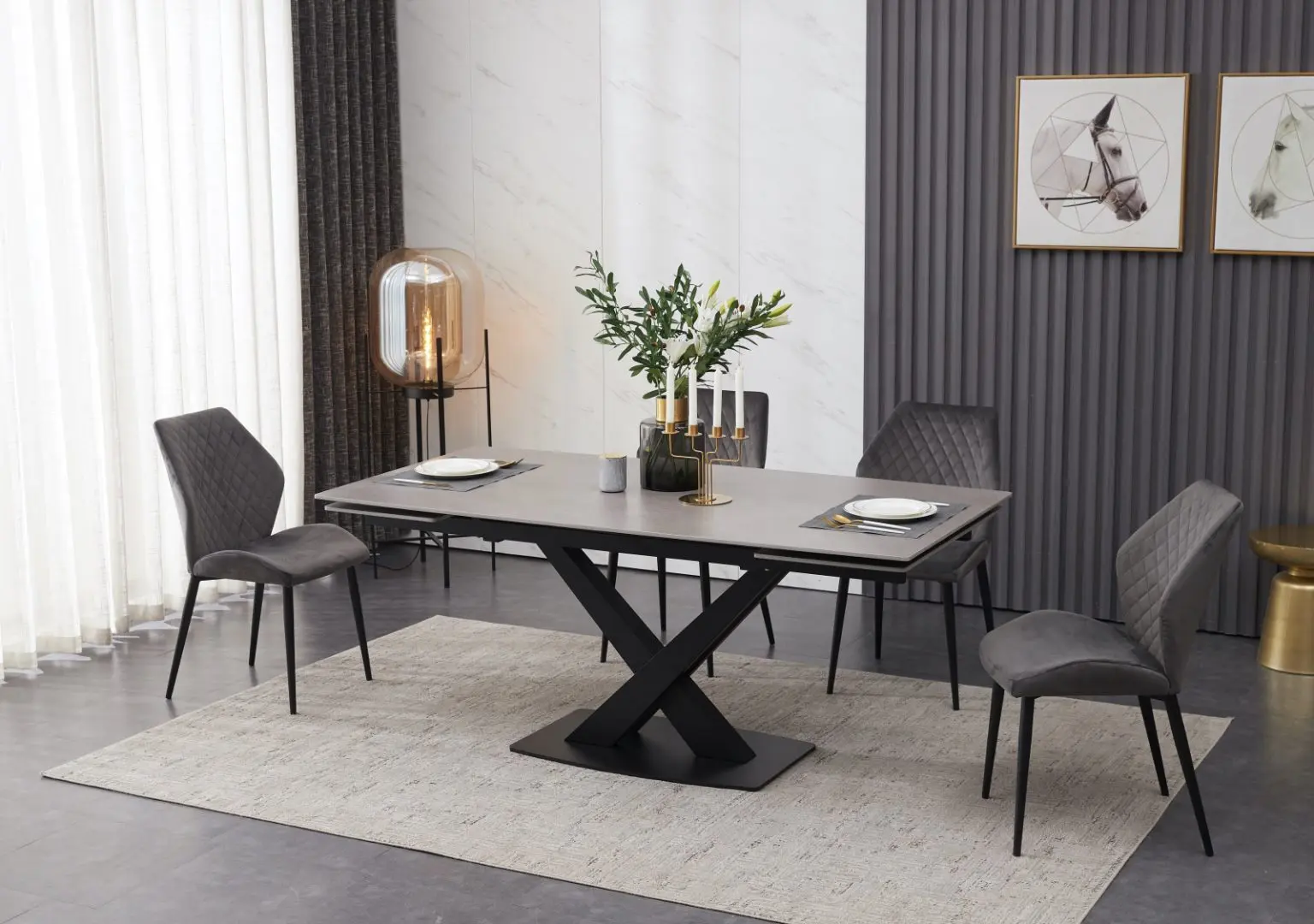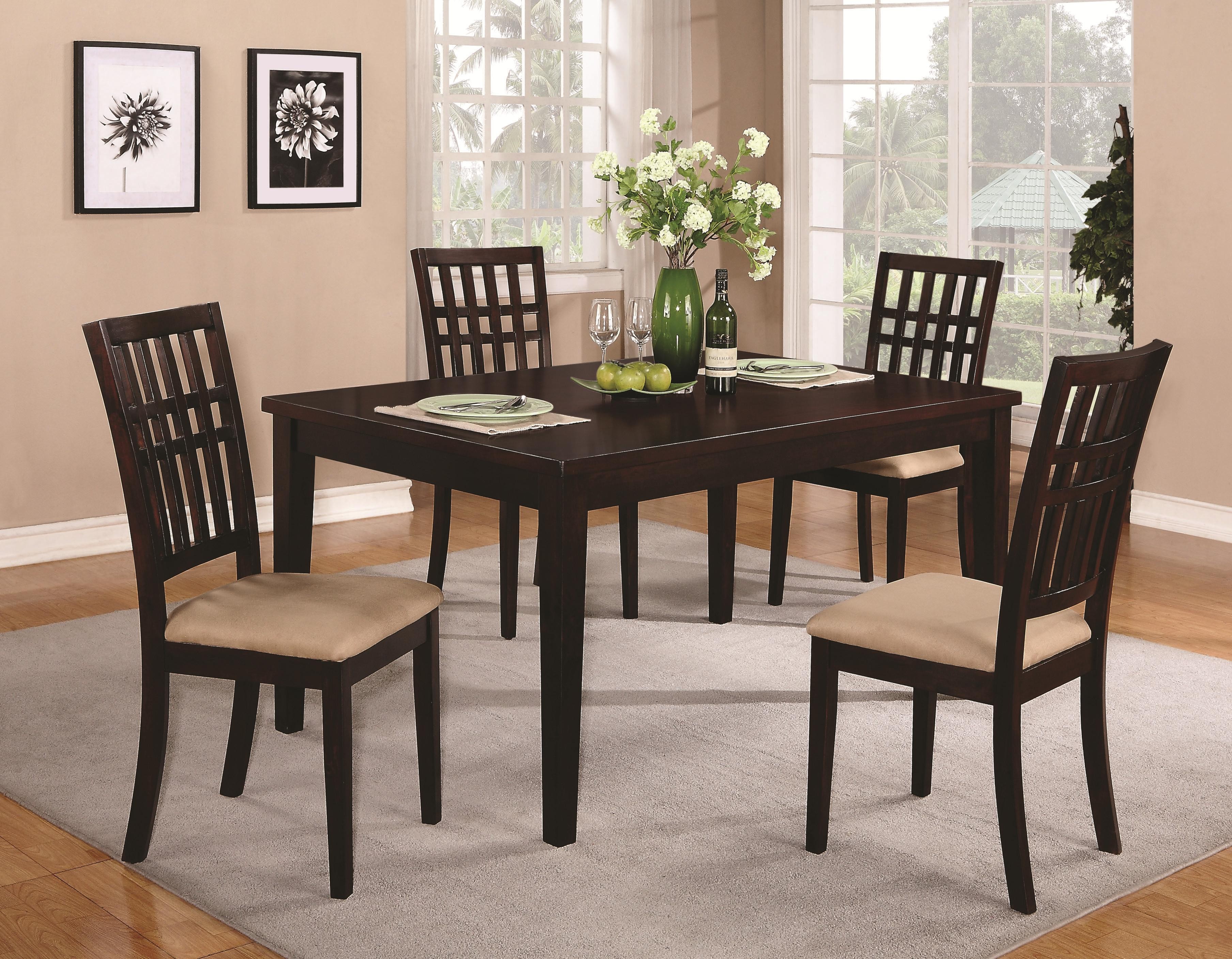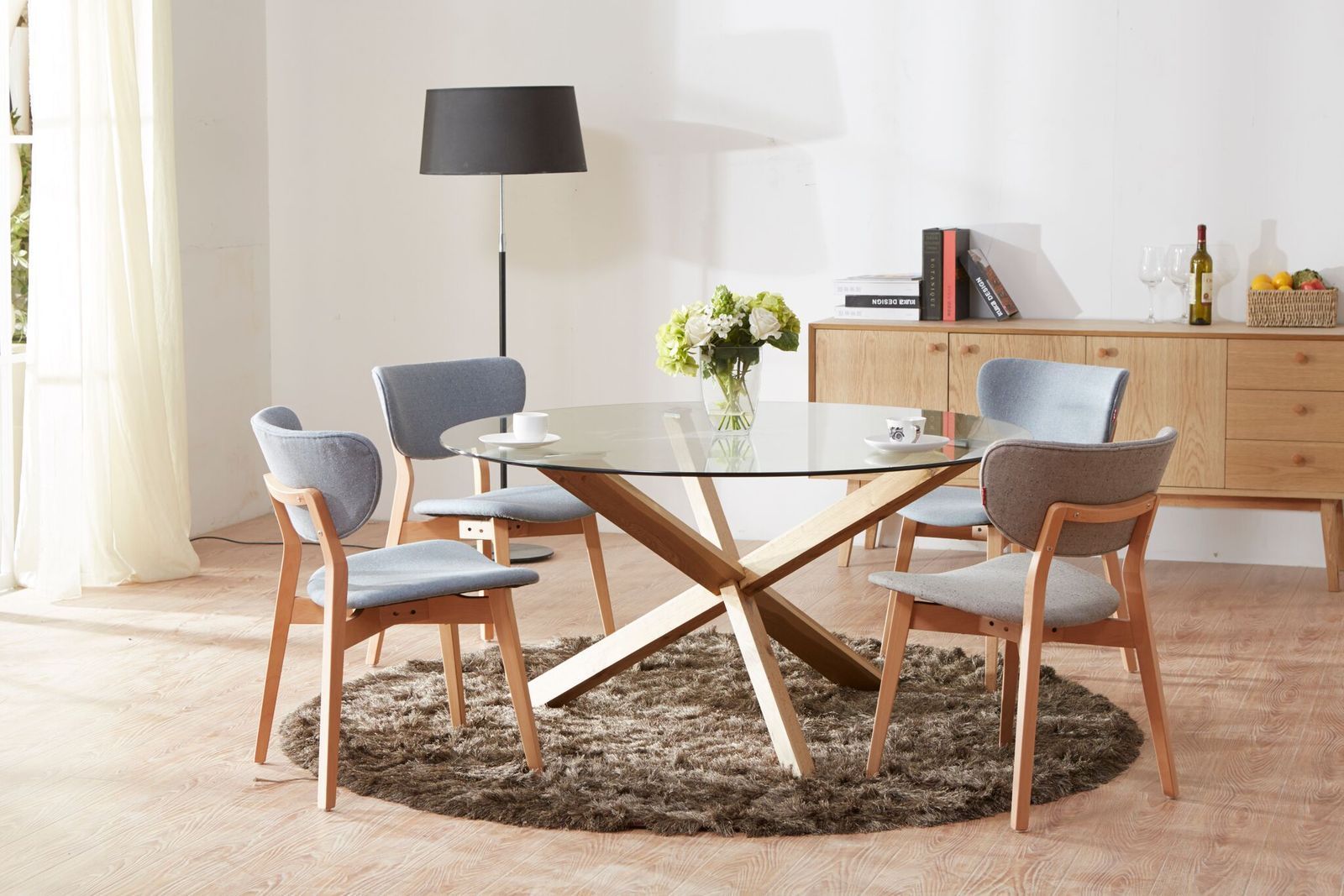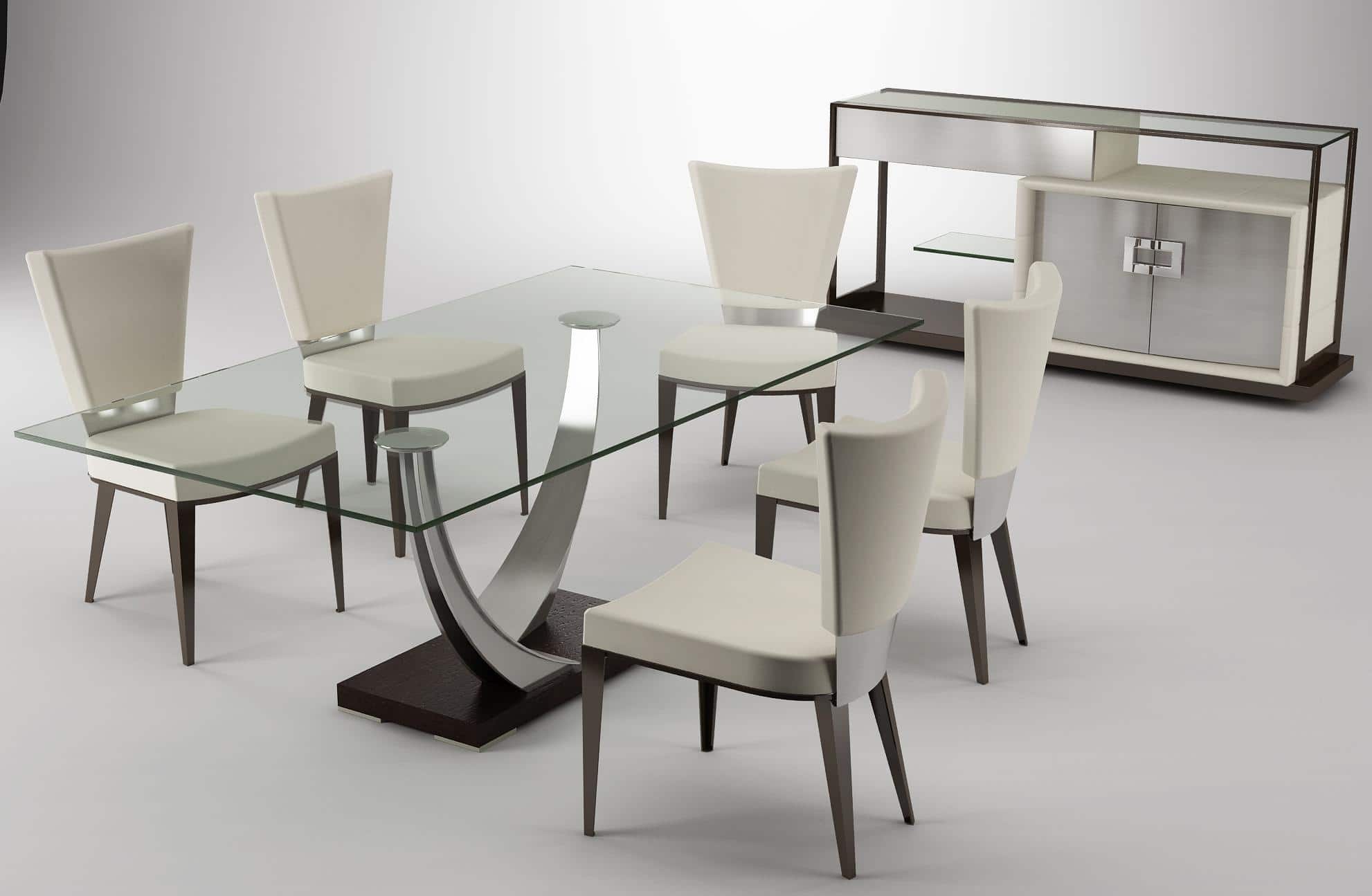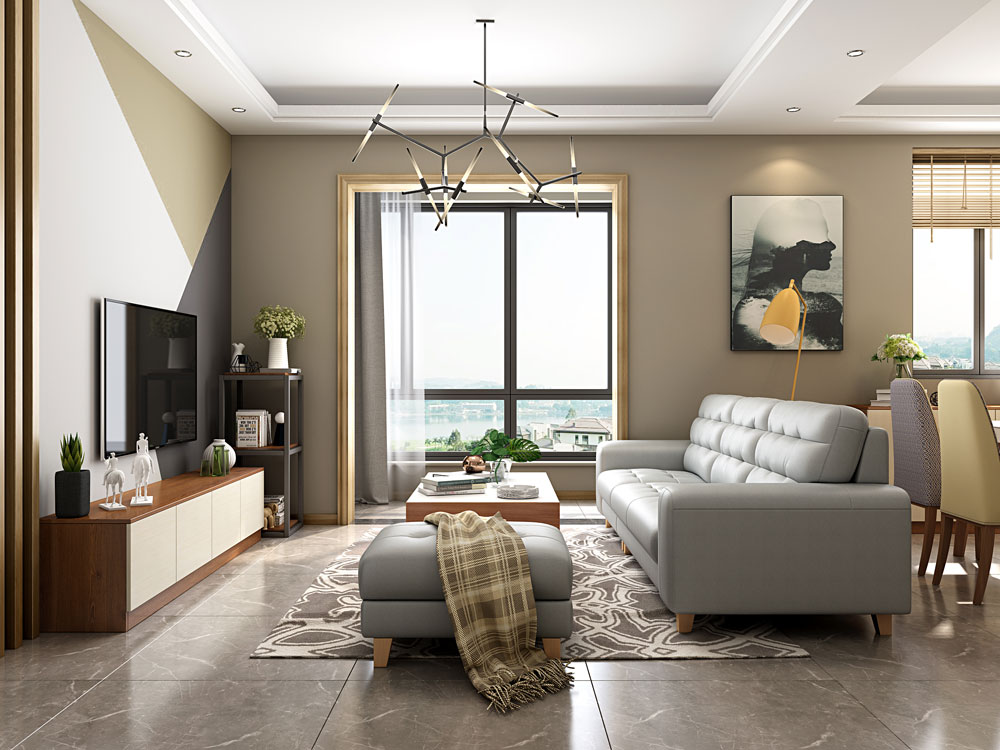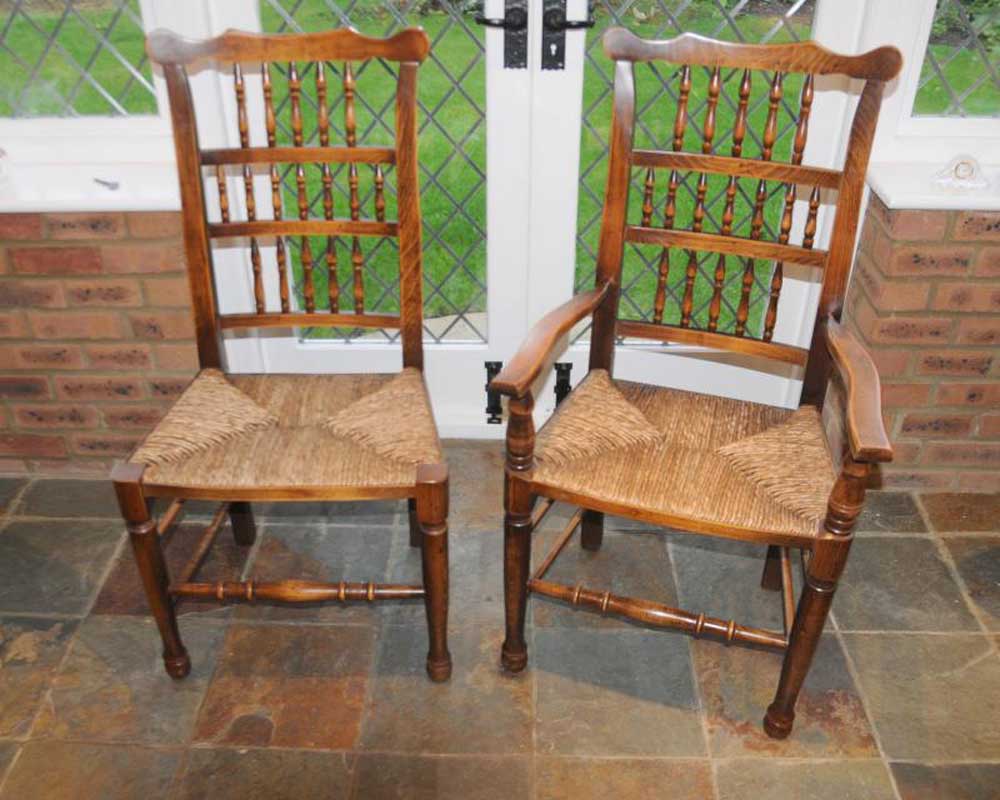The 18th century was a time of elegance and opulence, and nowhere is this more evident than in the dining rooms of the wealthy. These grand spaces were used for lavish dinners and social gatherings, and were often the center of the home. With their rich furnishings and intricate details, 18th century dining rooms were a sight to behold.18th Century Dining Room
Fast forward to the present day and we see a shift in the design of dining rooms. While still a place for dining and entertaining, contemporary dining rooms have a more casual and relaxed feel. They often incorporate elements of modern design, making them sleek and functional spaces for everyday use.Contemporary Dining Room
Furniture in 18th century dining rooms was all about luxury and sophistication. Tables were often made of rich, dark woods such as mahogany or cherry, with intricate carvings and detailing. Chairs were upholstered in luxurious fabrics like velvet and silk, and often featured ornate designs. Other pieces such as sideboards and china cabinets were also common in these rooms, adding to the opulence.18th Century Furniture
Contemporary dining room furniture takes a more minimalist approach, with clean lines and simple designs. Materials such as glass, metal, and wood are popular choices, giving a sleek and modern look. Comfort is also a key factor, with chairs and sofas often featuring cushioned seats and backs for a more relaxed dining experience.Contemporary Furniture
When it came to interior design, 18th century dining rooms were all about extravagance. Walls were often adorned with elaborate wallpaper or painted with intricate designs. Chandeliers and candelabras provided the main source of lighting, adding to the grandeur of the space. Ornate drapery and curtains also added to the luxurious feel.18th Century Interior Design
In contrast, contemporary interior design focuses on simplicity and functionality. Walls are often painted in neutral colors, with pops of bold accents for added interest. Lighting is more understated, with recessed lighting and modern light fixtures being popular choices. Window treatments are often minimal, allowing natural light to flow into the space.Contemporary Interior Design
Decorative elements were a key component of 18th century dining rooms. From intricate china and silverware to ornate centerpieces and floral arrangements, no detail was spared in these rooms. The use of rich fabrics and textures also added to the overall opulence of the space.18th Century Decor
Contemporary decor takes a more streamlined approach, with less emphasis on ornate details. Simple, yet impactful, pieces such as statement artwork or a bold rug can add personality to the space. Plants and other natural elements are also commonly used to bring a touch of nature into the dining room.Contemporary Decor
The dining table was the centerpiece of the 18th century dining room. Often large and rectangular in shape, it was designed to accommodate large gatherings. Elaborate table settings and fine china were commonly used, making every meal feel like a special occasion.18th Century Dining Table
Contemporary dining tables come in a variety of shapes and sizes, with round and oval tables becoming more popular. They are often more compact and versatile, making them suitable for everyday use. The use of casual dinnerware and simple table settings also adds to the more relaxed feel of contemporary dining rooms. In conclusion, while 18th century dining rooms exude elegance and grandeur, contemporary dining rooms offer a more casual and functional approach. From furniture to interior design and decor, these two styles are vastly different, yet both have their own unique charm. Whether you prefer the opulence of the past or the simplicity of the present, both 18th century and contemporary dining rooms offer a beautiful and inviting space for enjoying meals with loved ones.Contemporary Dining Table
The Evolution of Dining Room Design: From 18th Century to Contemporary

The 18th Century Dining Room
 The 18th century was a time of opulence and grandeur, reflected in the design of dining rooms in upper-class homes. These rooms were often the most elaborately decorated and furnished spaces in the house, reserved for hosting lavish dinner parties and formal gatherings.
Rich, dark woods
such as mahogany and cherry were favored for furniture, with intricate carvings and ornate details.
Heavy drapery
and
velvet
upholstery added to the luxurious feel of the room.
The 18th century was a time of opulence and grandeur, reflected in the design of dining rooms in upper-class homes. These rooms were often the most elaborately decorated and furnished spaces in the house, reserved for hosting lavish dinner parties and formal gatherings.
Rich, dark woods
such as mahogany and cherry were favored for furniture, with intricate carvings and ornate details.
Heavy drapery
and
velvet
upholstery added to the luxurious feel of the room.
Contemporary Dining Rooms
 In contrast, contemporary dining rooms have a more
minimalistic
and
functional
approach to design. With the rise of open floor plans, dining rooms have become more integrated into the overall living space. This has led to a shift towards
lighter, more neutral colors
and
sleek, modern furniture
.
Wood
is still a popular material, but in lighter tones such as
oak
or
walnut
.
Simple, clean lines
are favored over ornate details.
In contrast, contemporary dining rooms have a more
minimalistic
and
functional
approach to design. With the rise of open floor plans, dining rooms have become more integrated into the overall living space. This has led to a shift towards
lighter, more neutral colors
and
sleek, modern furniture
.
Wood
is still a popular material, but in lighter tones such as
oak
or
walnut
.
Simple, clean lines
are favored over ornate details.
The Role of Technology
 Another major difference between 18th century and contemporary dining rooms is the role of technology. In the 18th century, the focus was on creating a visually stunning and luxurious space for entertaining guests. Today, dining rooms are often used for more than just formal gatherings. With the rise of
smart home technology
, dining rooms have become multi-functional spaces where people can work, study, or watch TV. This has led to the incorporation of features such as
wireless charging stations
and
built-in speakers
into dining room design.
Another major difference between 18th century and contemporary dining rooms is the role of technology. In the 18th century, the focus was on creating a visually stunning and luxurious space for entertaining guests. Today, dining rooms are often used for more than just formal gatherings. With the rise of
smart home technology
, dining rooms have become multi-functional spaces where people can work, study, or watch TV. This has led to the incorporation of features such as
wireless charging stations
and
built-in speakers
into dining room design.
The Blurring of Traditional and Modern
 While there are clear differences between 18th century and contemporary dining rooms, there is also a blurring of the lines between traditional and modern design. Many contemporary dining rooms incorporate elements of traditional design, such as
antique
or
vintage
pieces, to add character and warmth to the space. On the other hand, some 18th century dining rooms may incorporate modern elements for a more updated and functional feel.
In conclusion, the design of dining rooms has evolved significantly from the 18th century to contemporary times. While the 18th century was all about grandeur and opulence, contemporary dining rooms focus on functionality and simplicity. However, there are also elements of traditional design that have stood the test of time and continue to be incorporated into modern dining room design.
While there are clear differences between 18th century and contemporary dining rooms, there is also a blurring of the lines between traditional and modern design. Many contemporary dining rooms incorporate elements of traditional design, such as
antique
or
vintage
pieces, to add character and warmth to the space. On the other hand, some 18th century dining rooms may incorporate modern elements for a more updated and functional feel.
In conclusion, the design of dining rooms has evolved significantly from the 18th century to contemporary times. While the 18th century was all about grandeur and opulence, contemporary dining rooms focus on functionality and simplicity. However, there are also elements of traditional design that have stood the test of time and continue to be incorporated into modern dining room design.

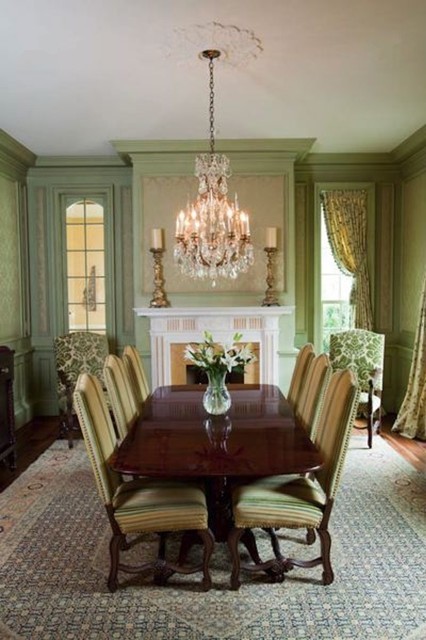









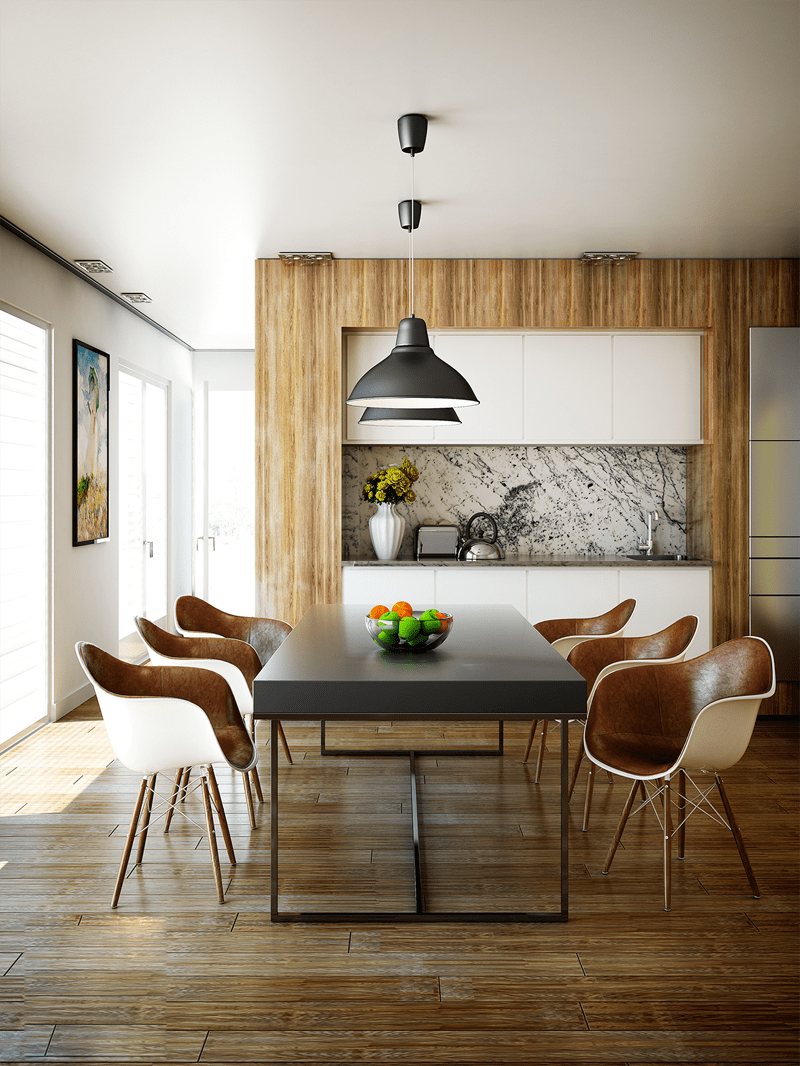
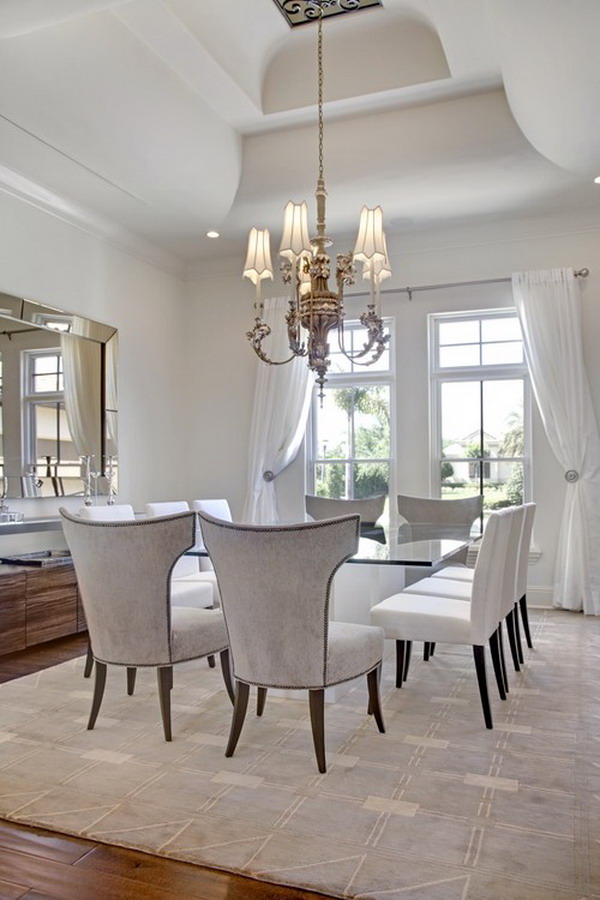

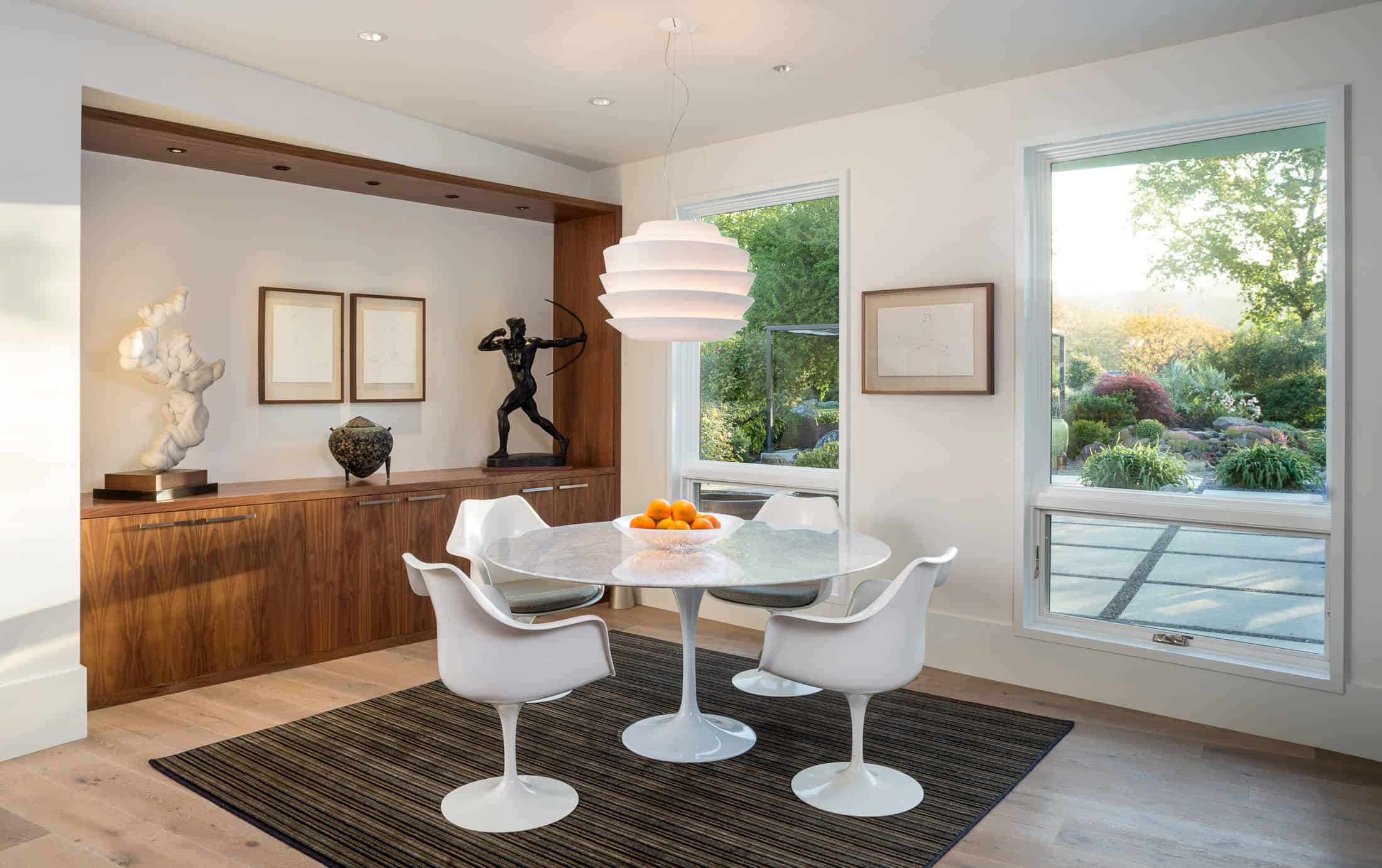
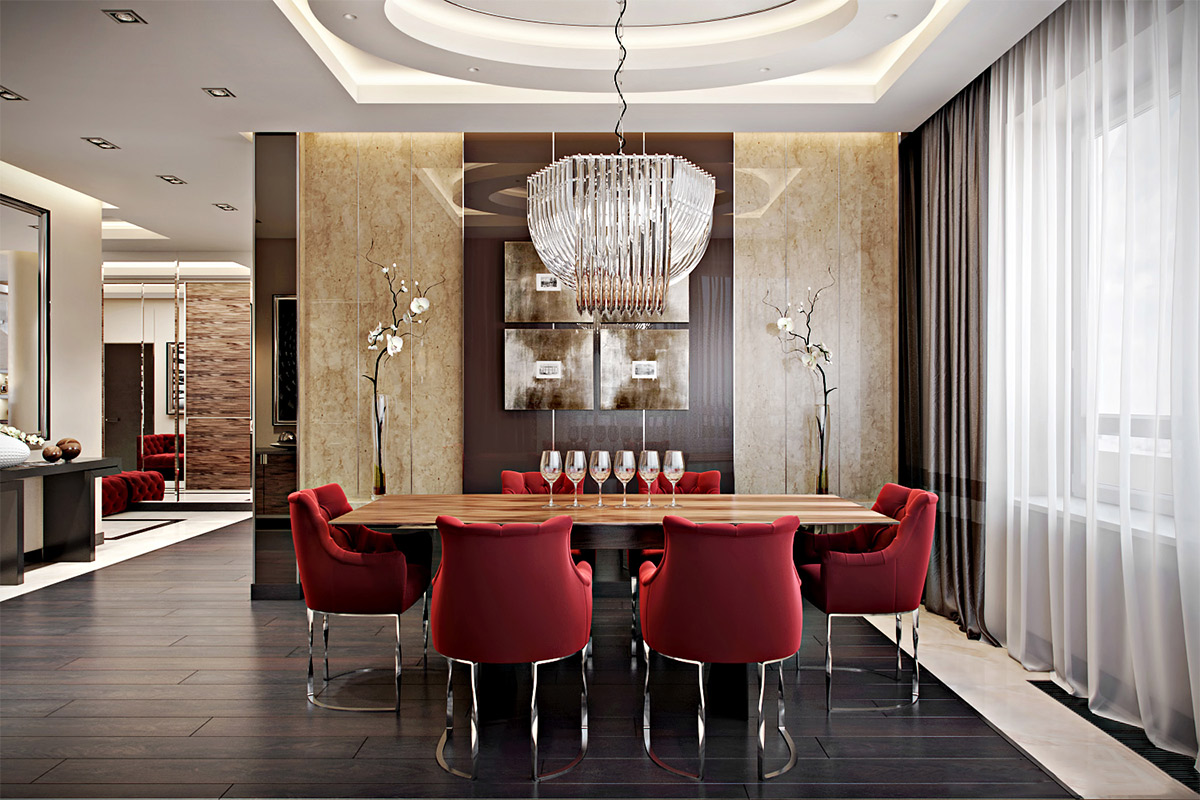
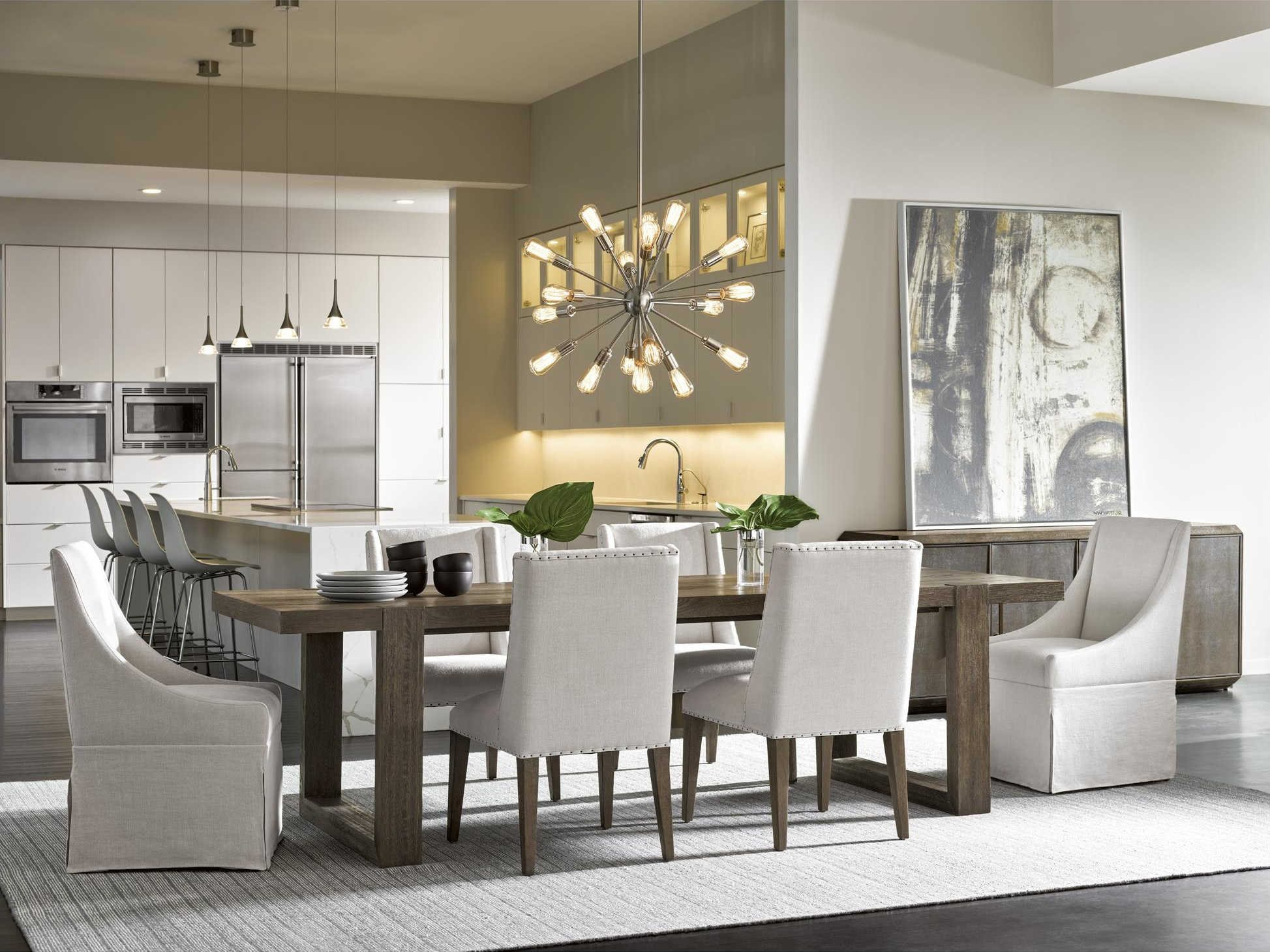



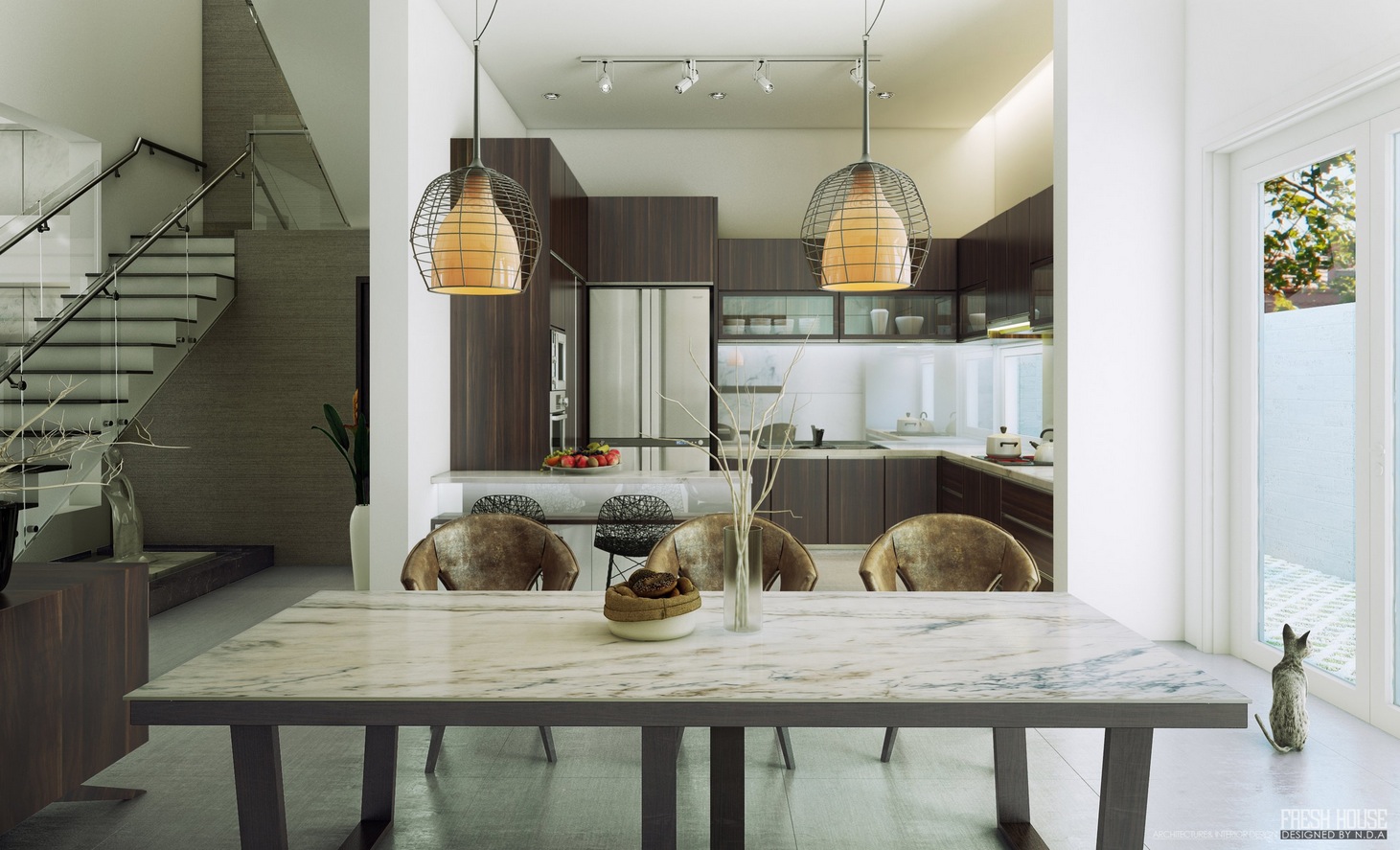

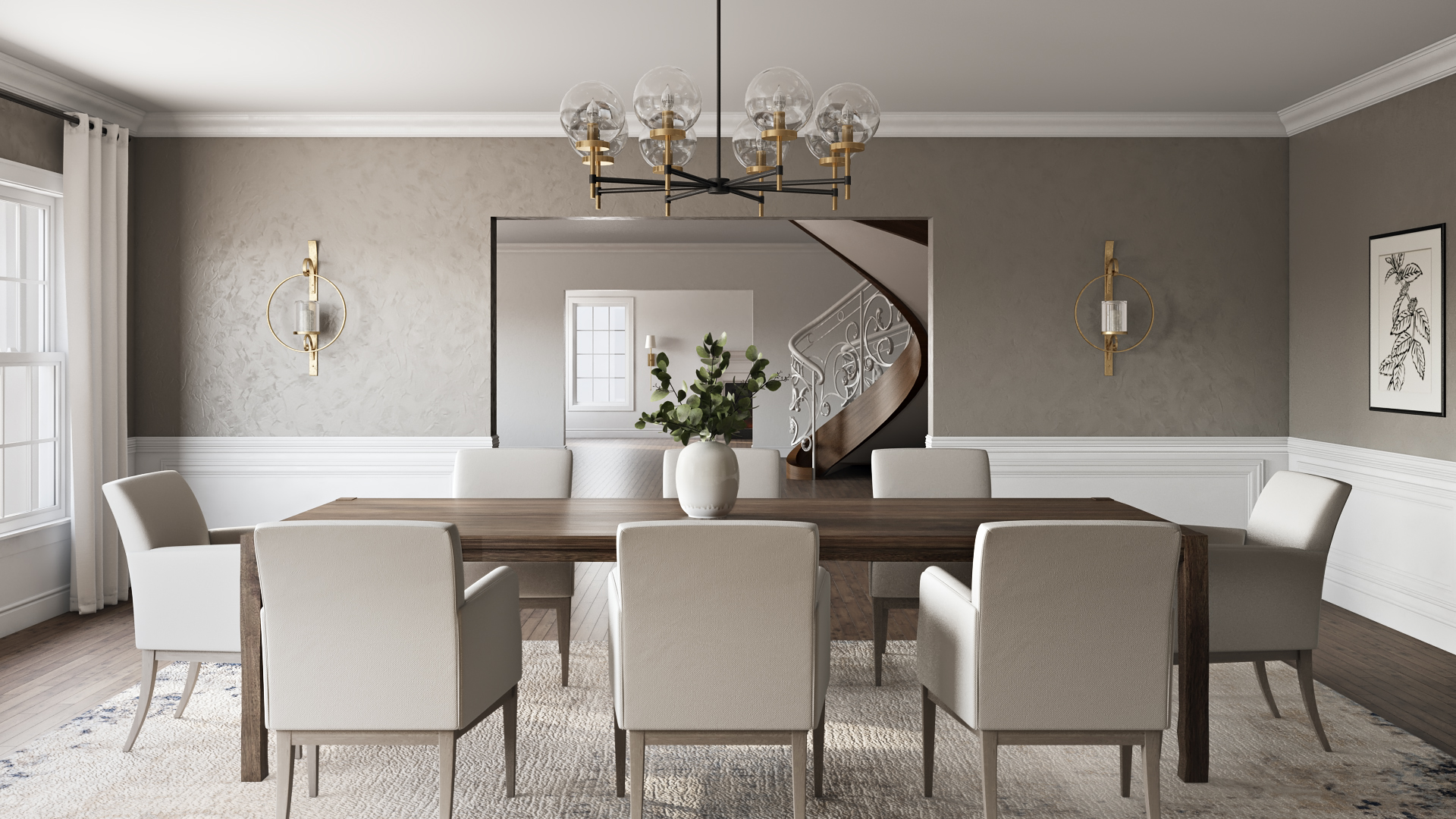











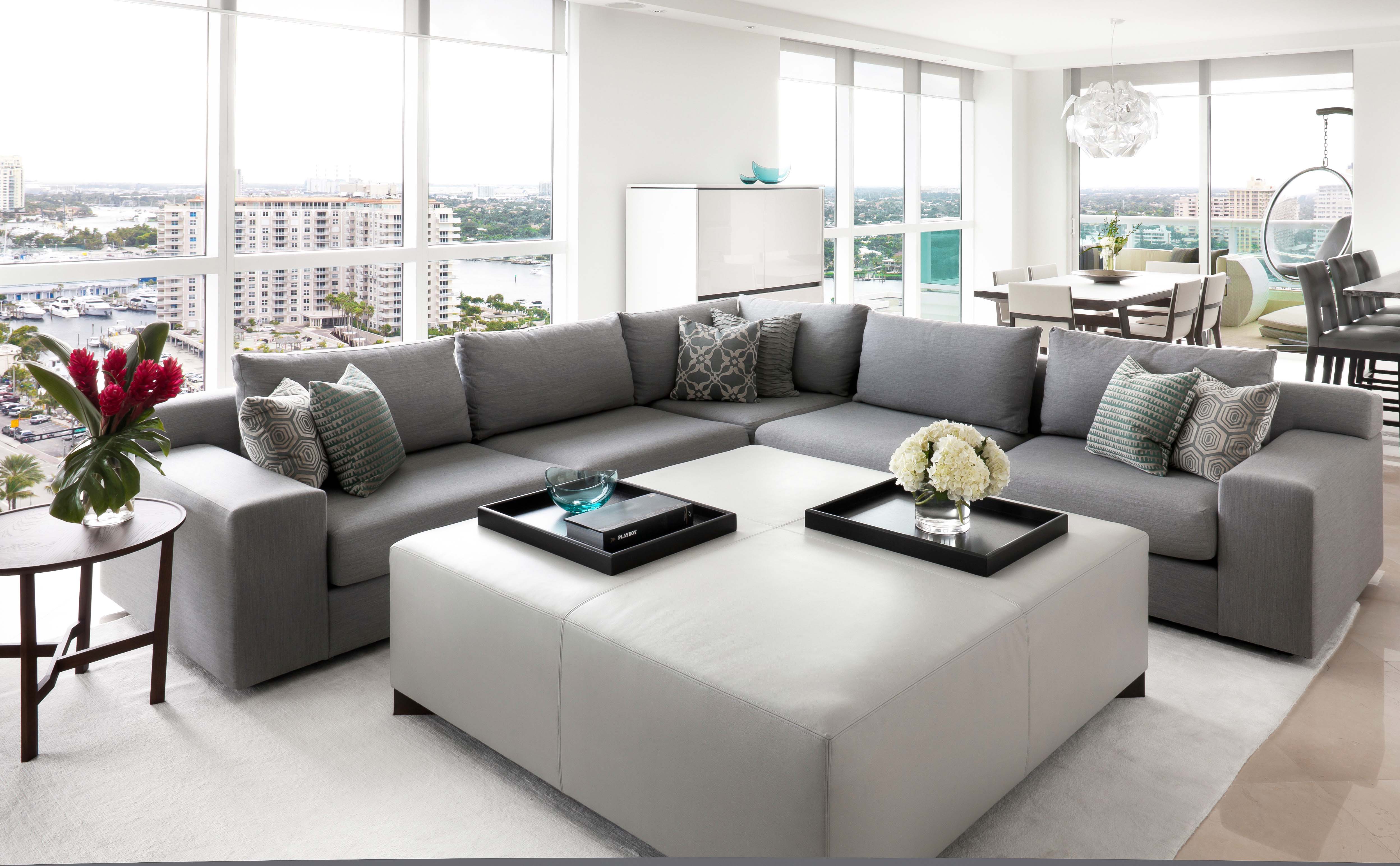
.jpg)


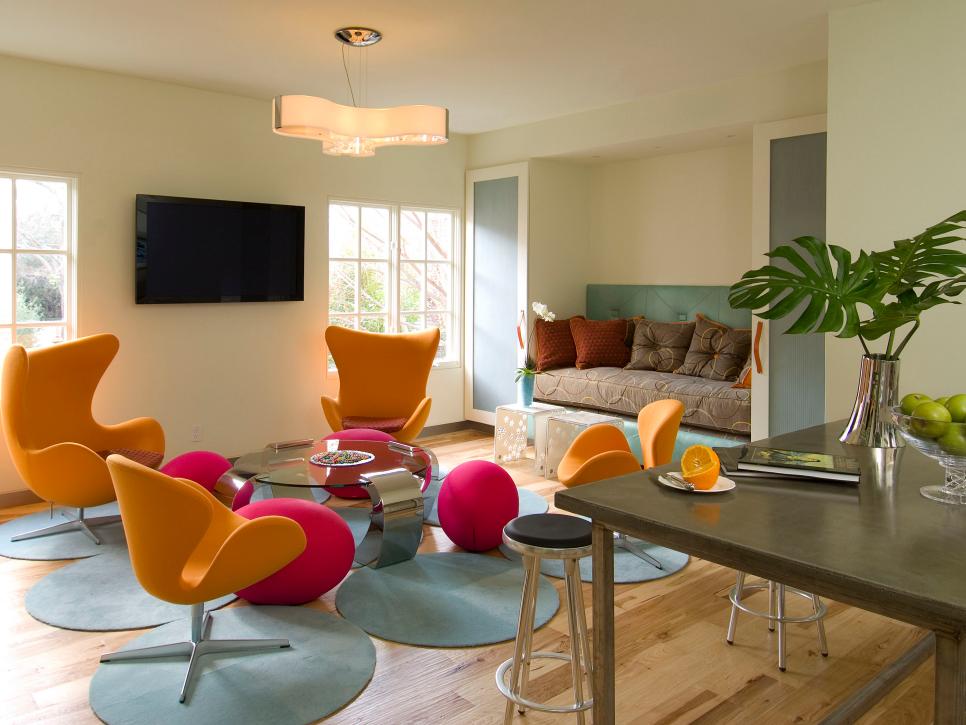
/contemporary-486706677-resized-56a33d175f9b58b7d0d11101.jpg)
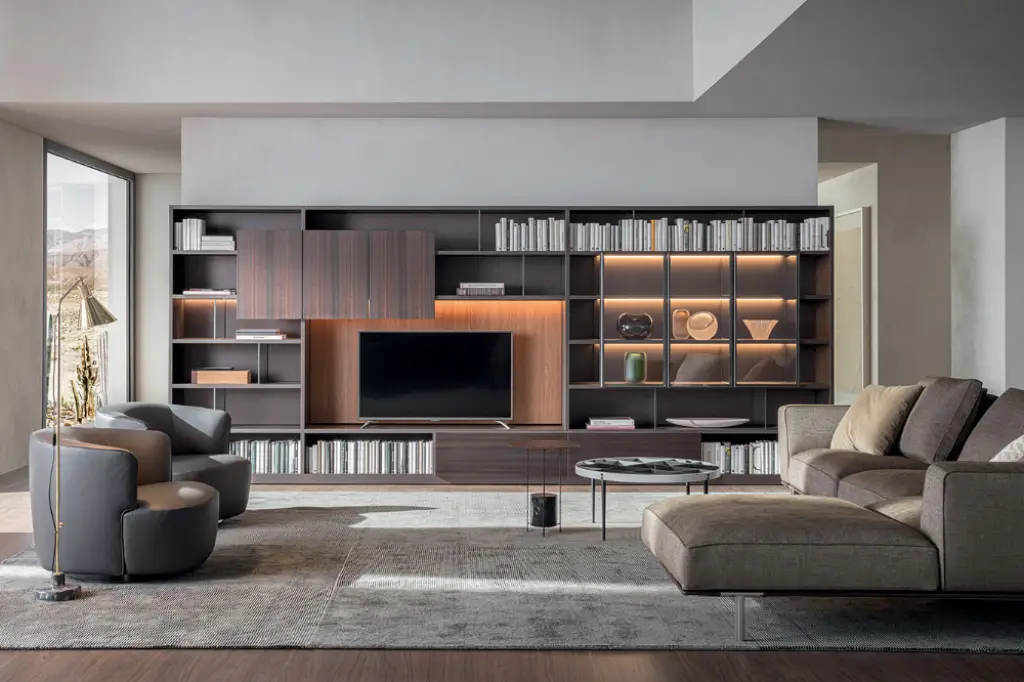

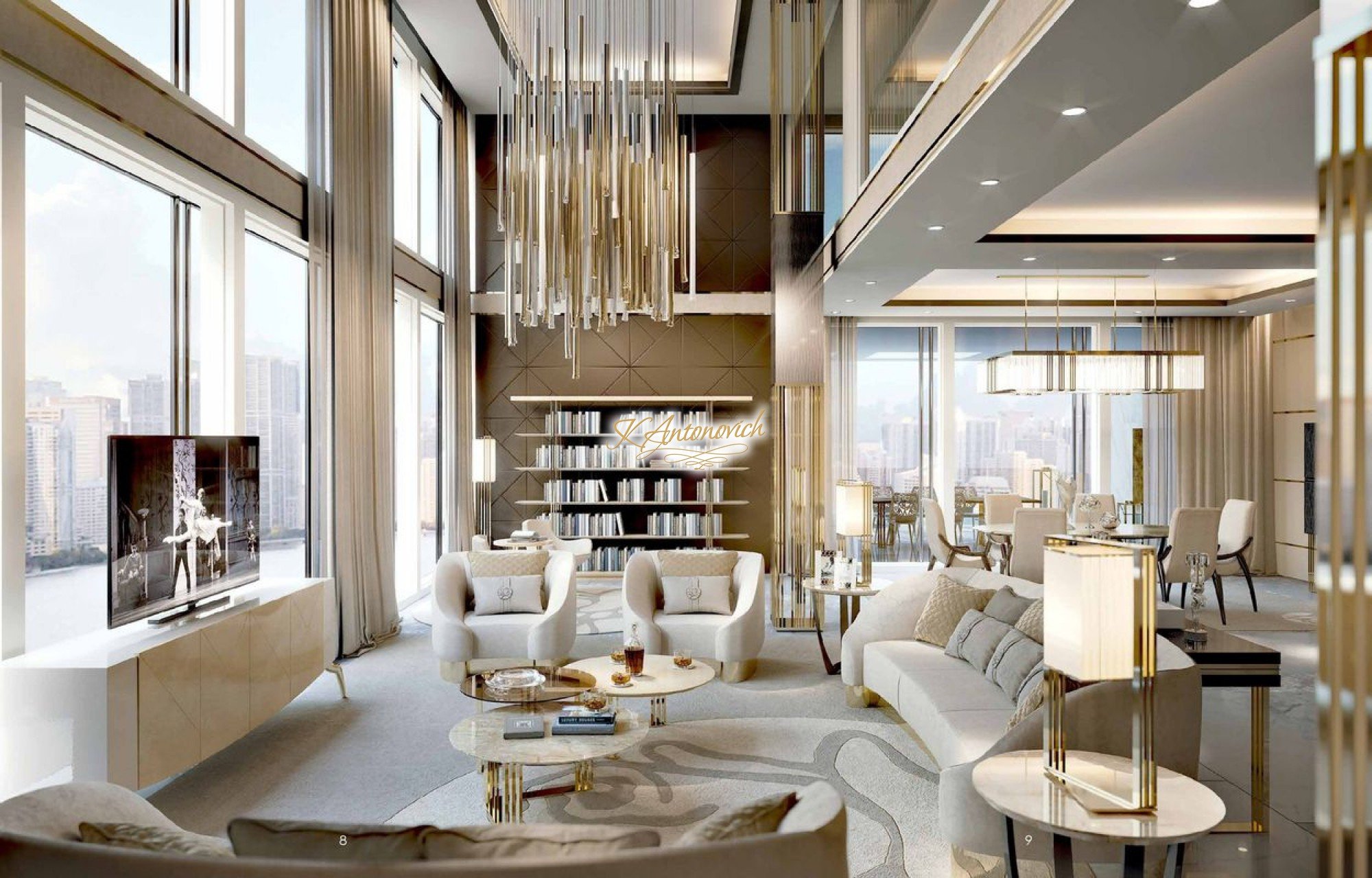



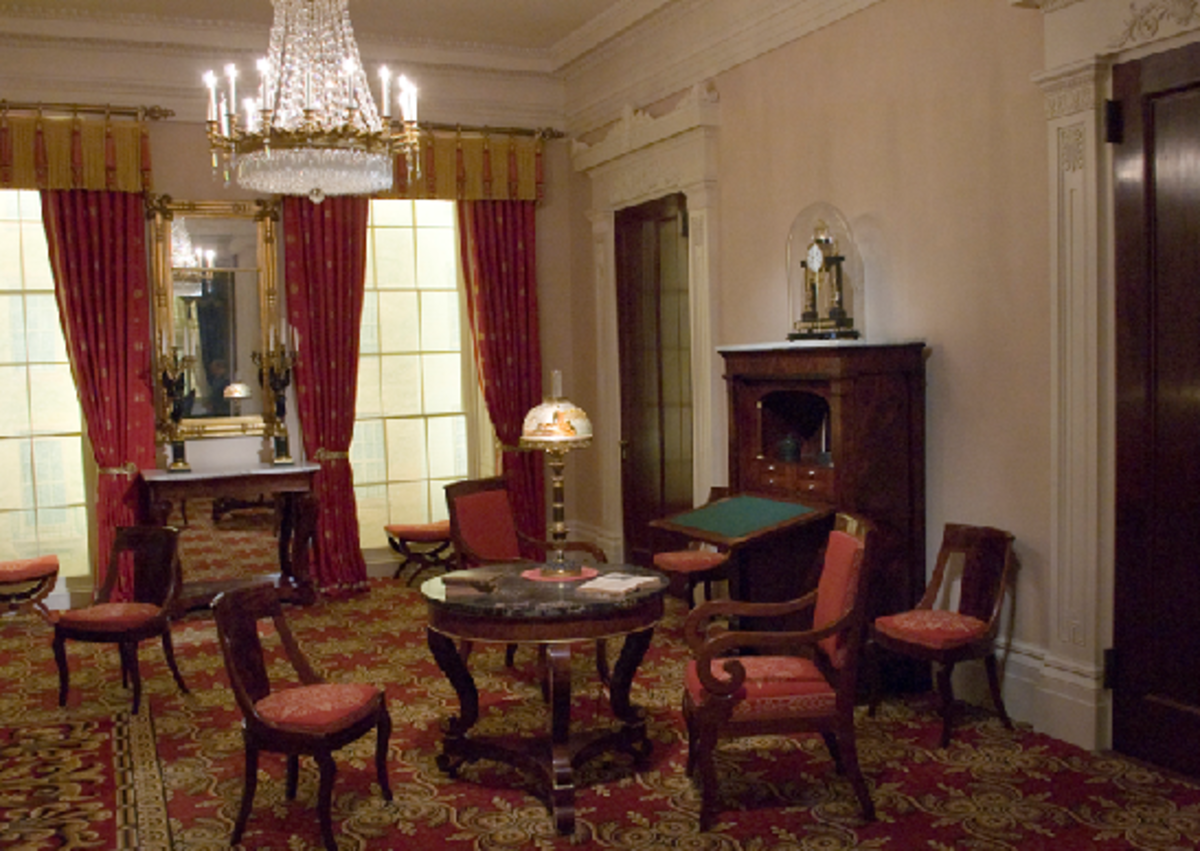






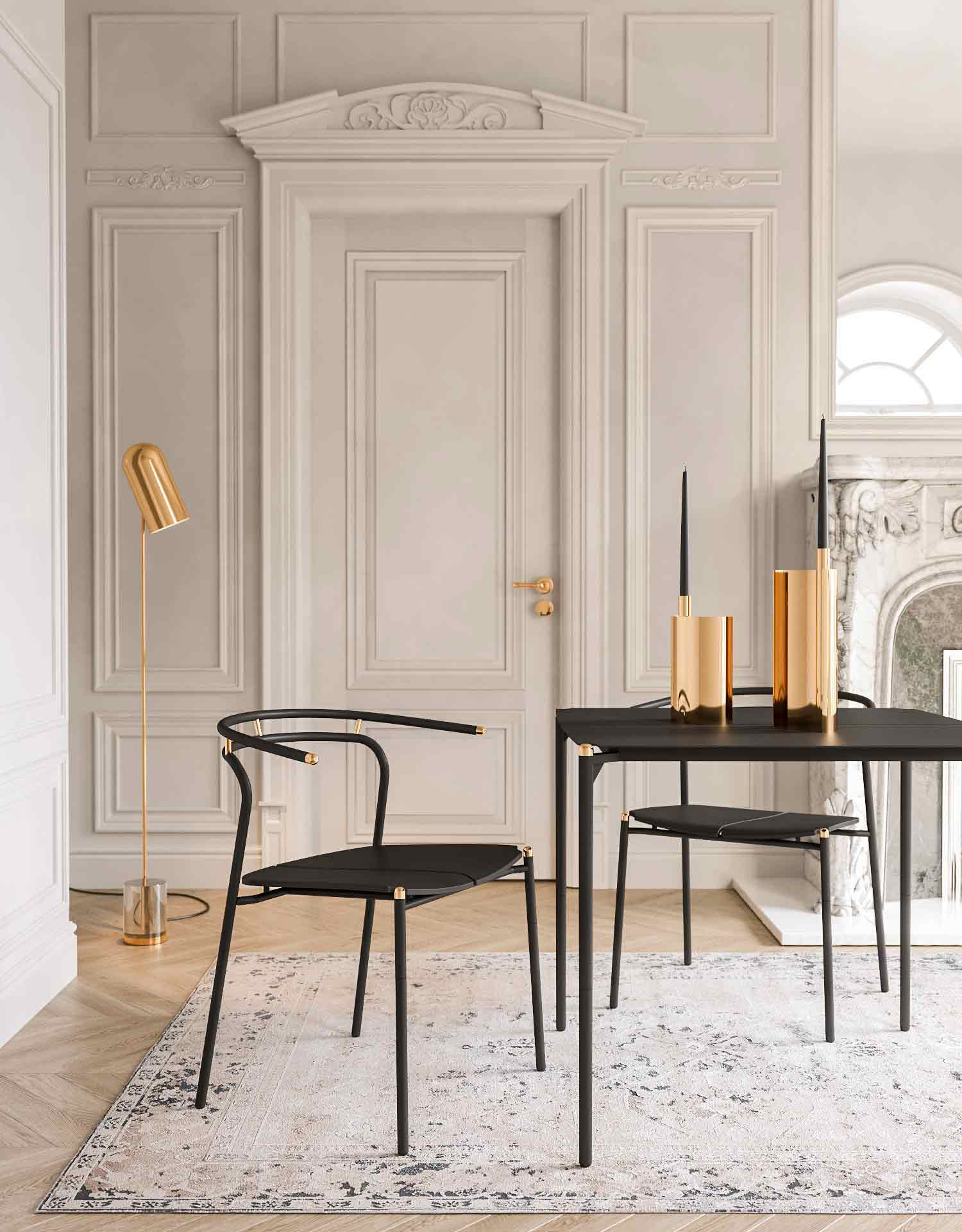
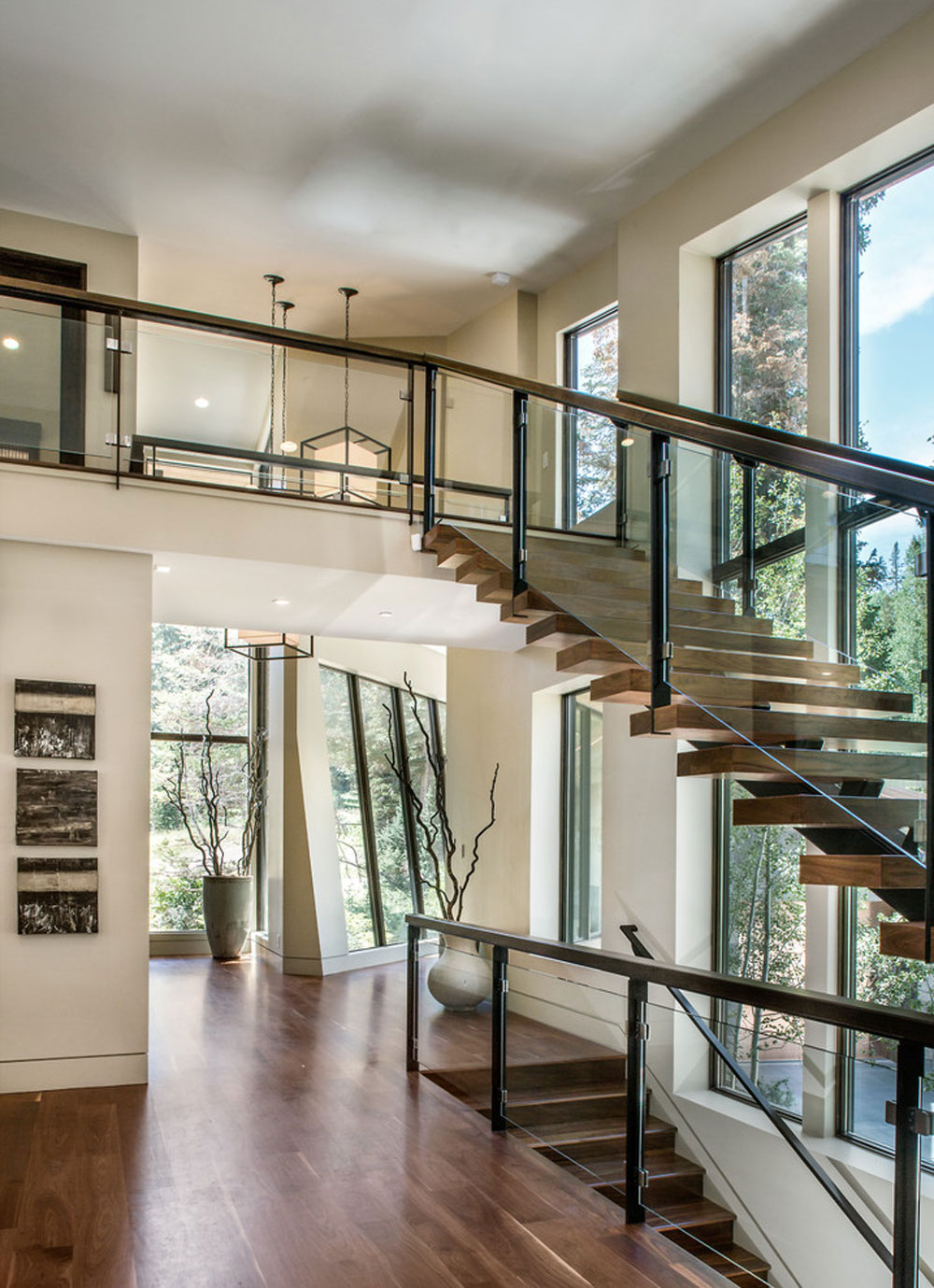

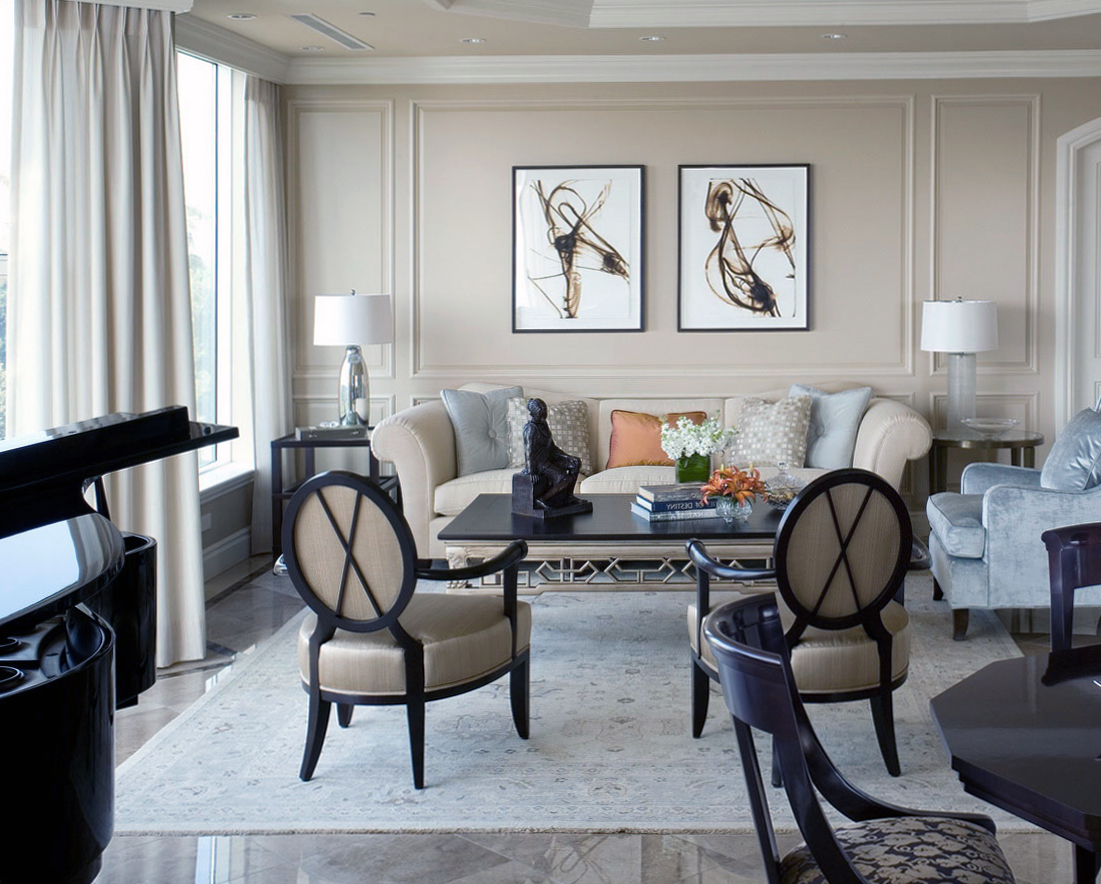

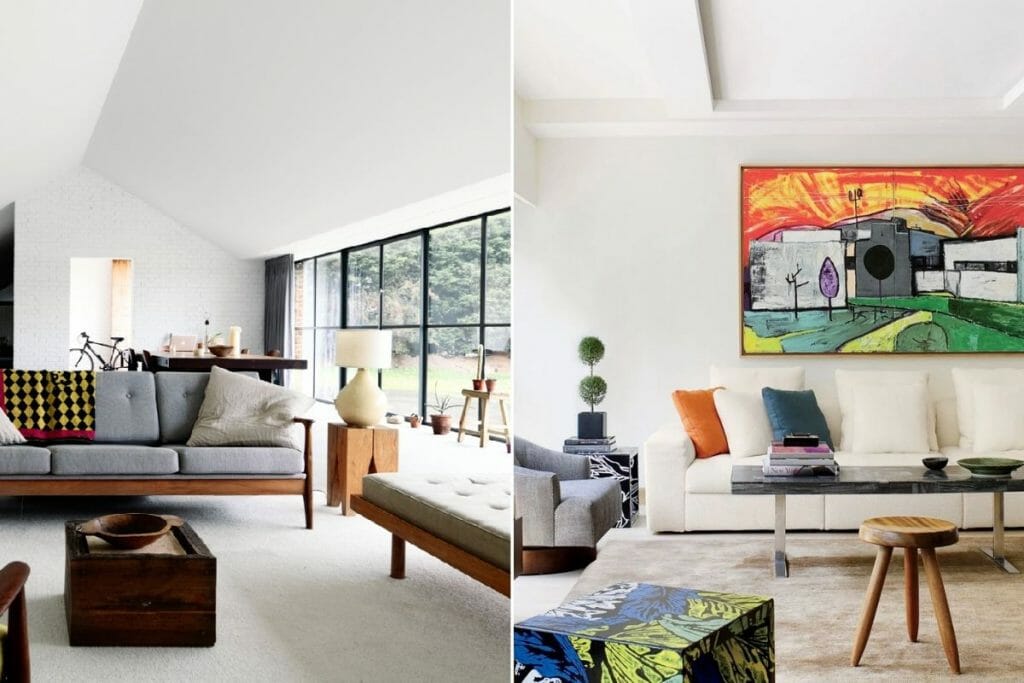

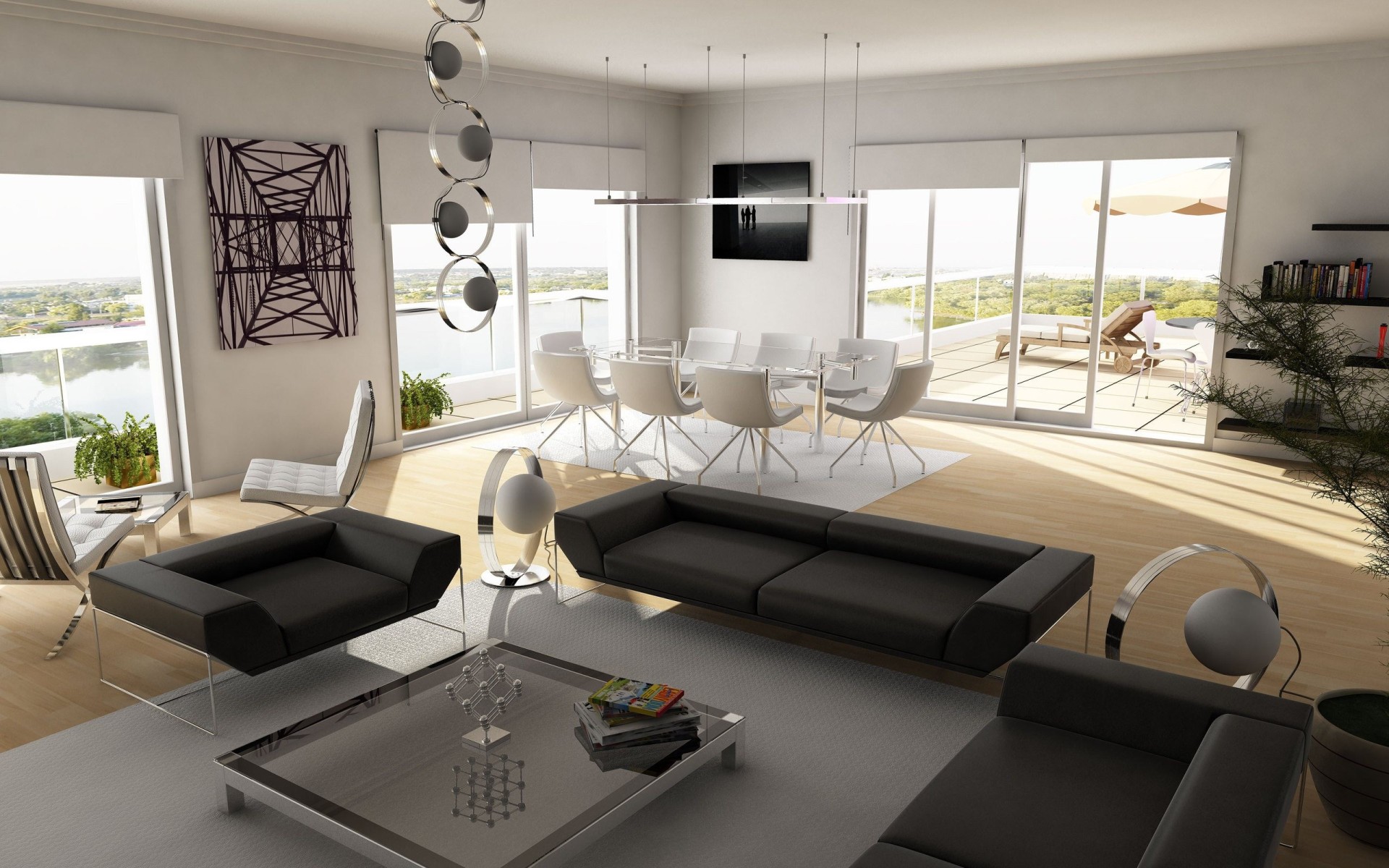
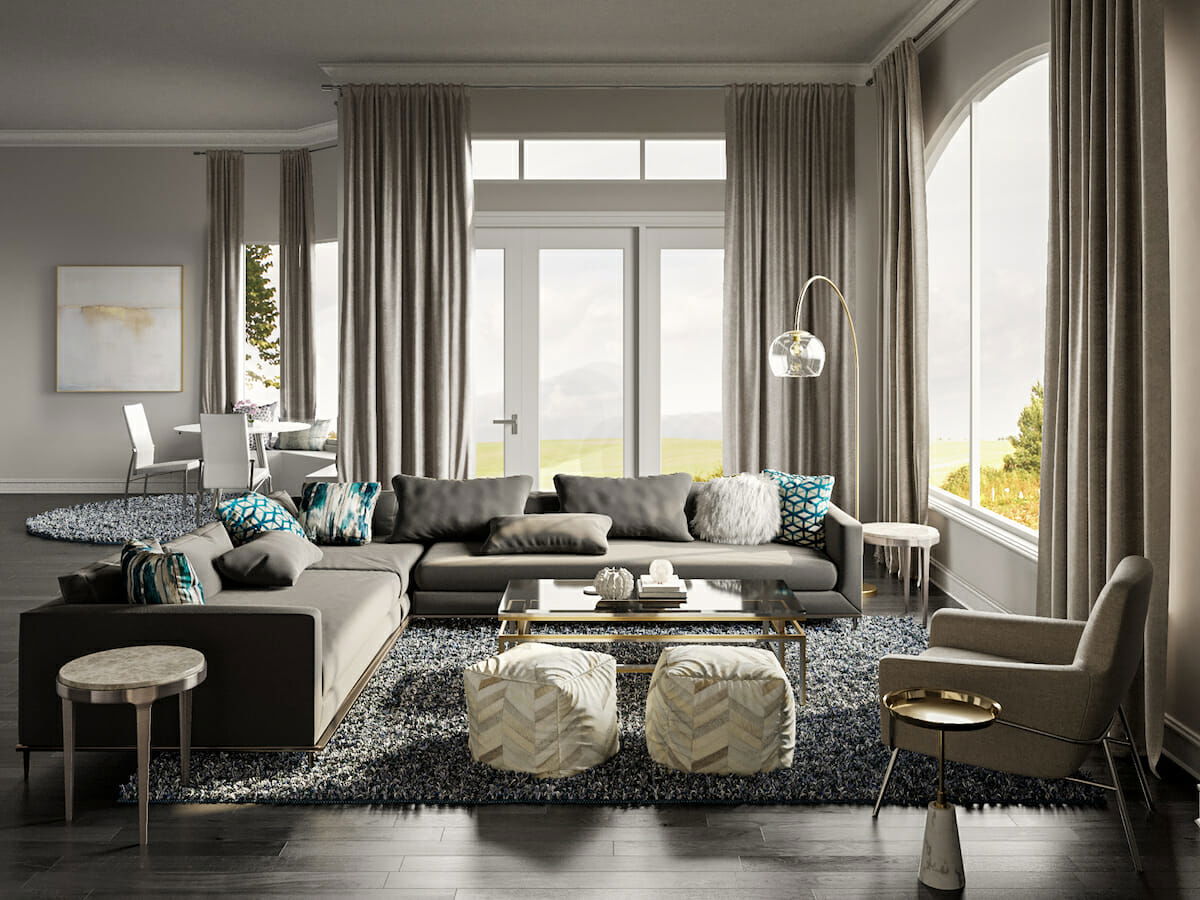
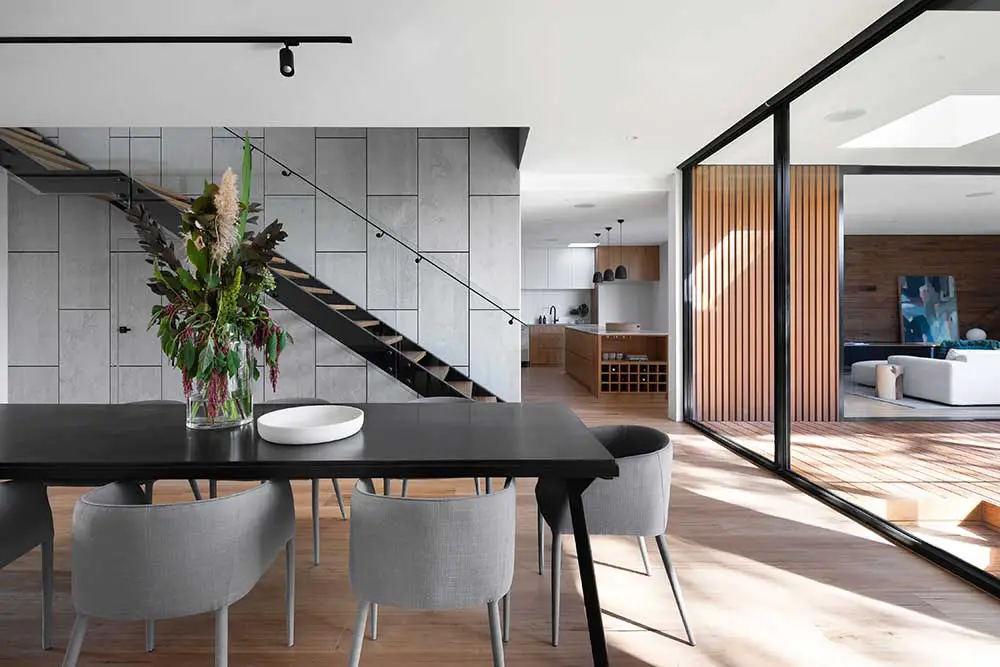
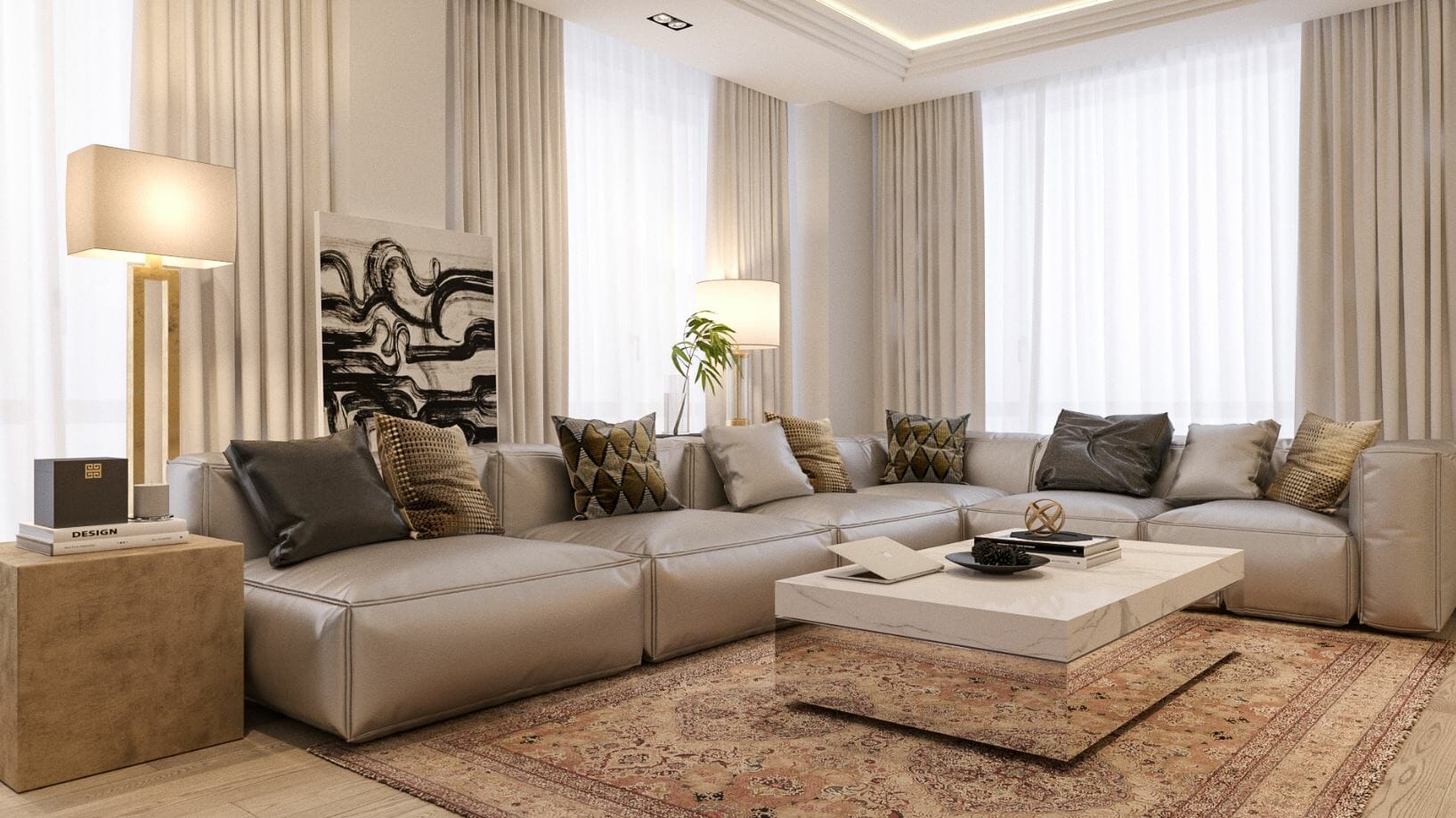
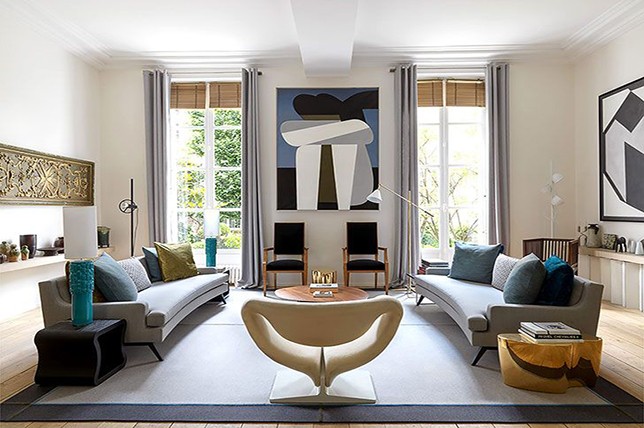




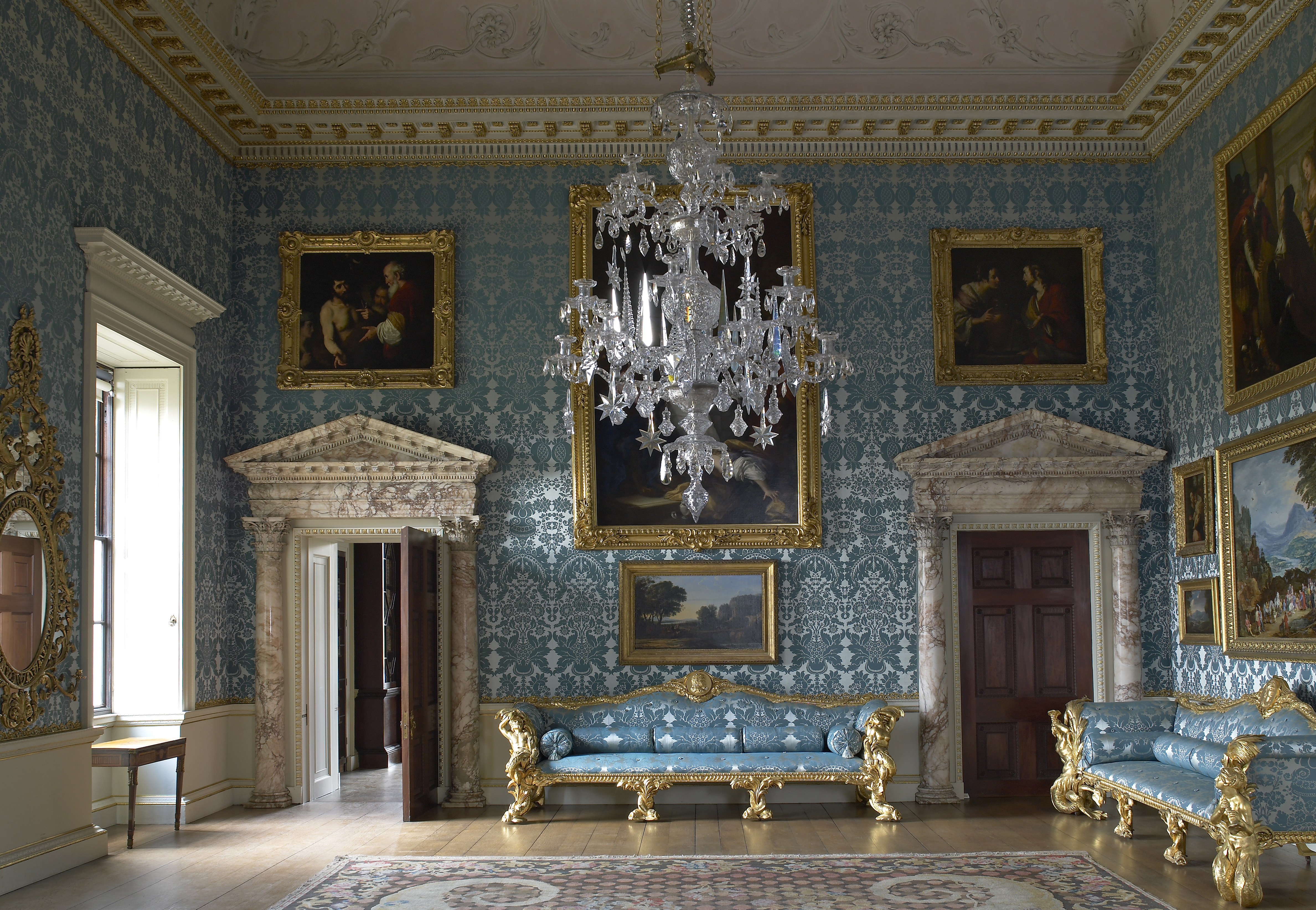
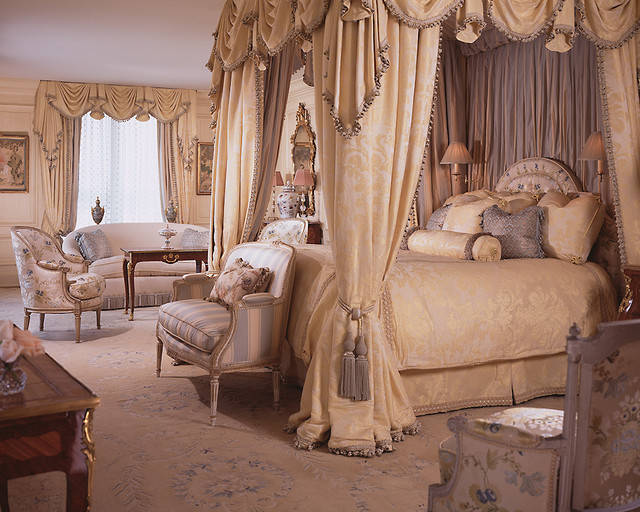


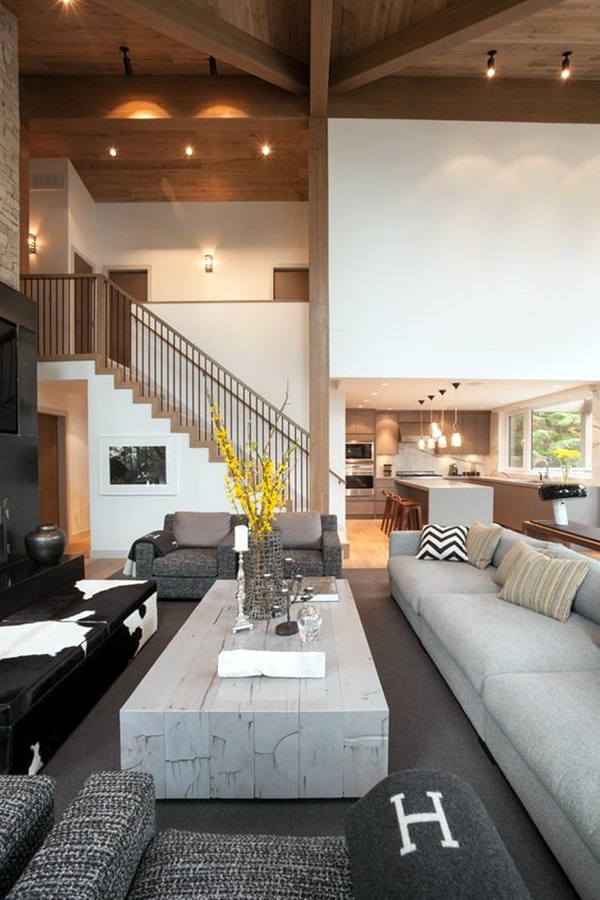


/GettyImages-494358447-59a2b77ad963ac00116b7e36.jpg)
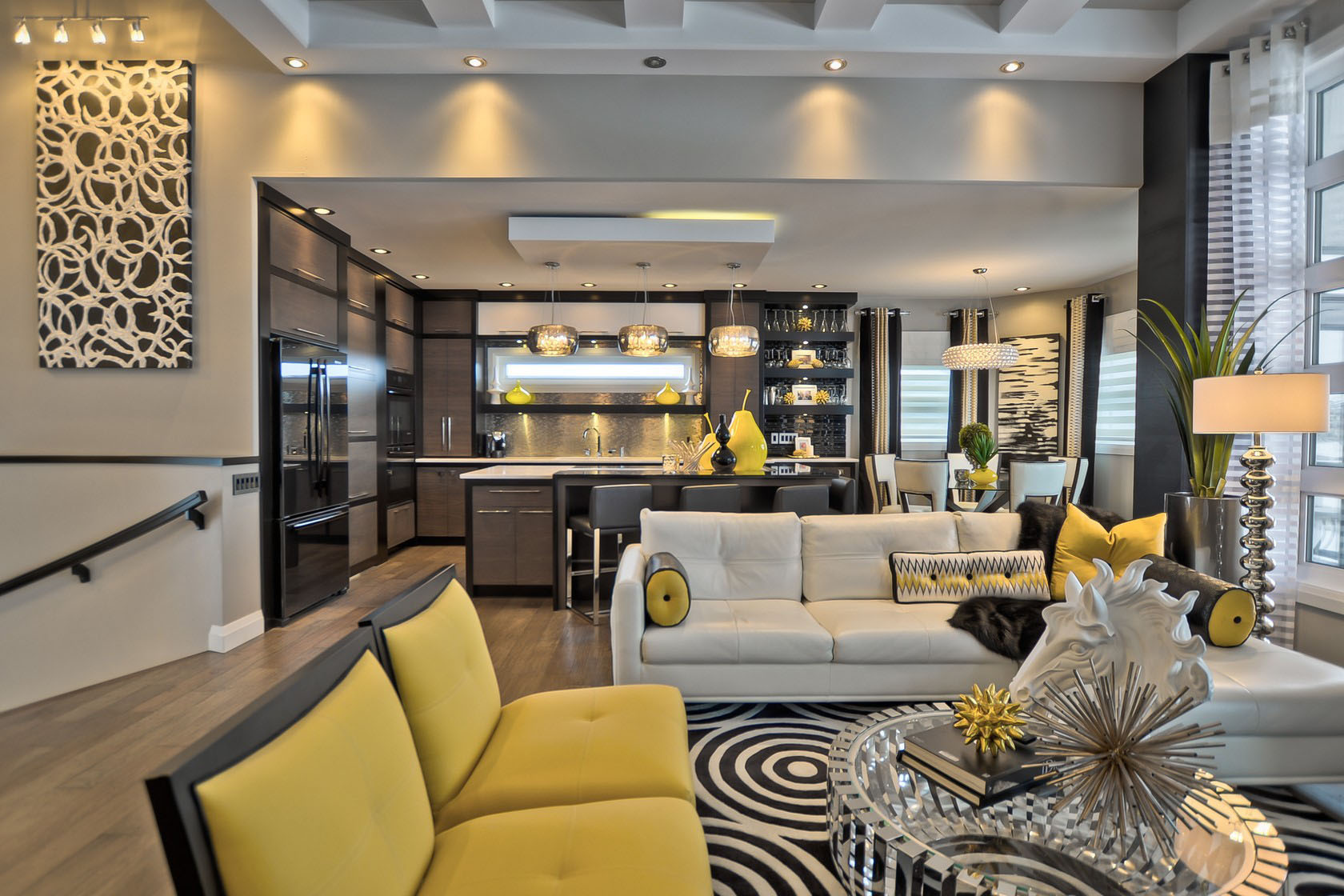

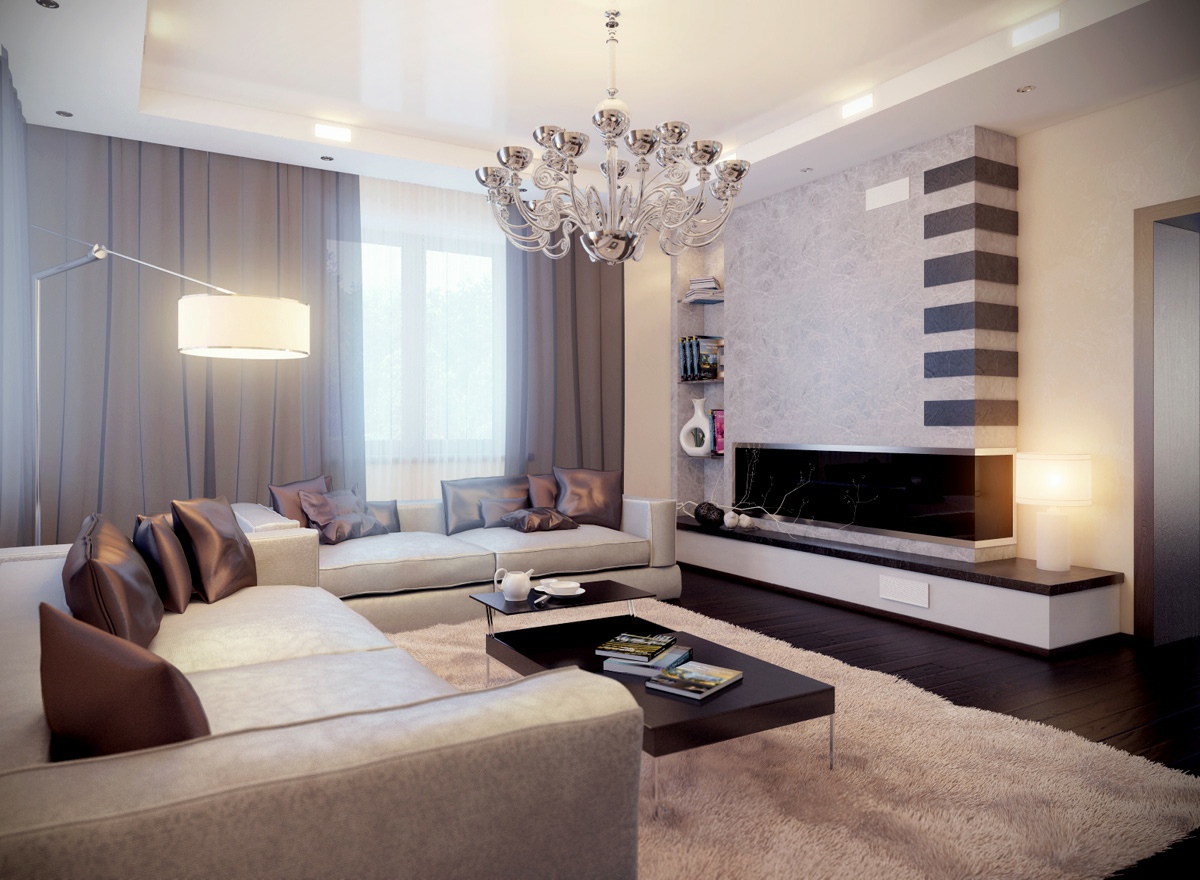
/modern-living-room-1036309800-2eacf87caa1d4201b024d30a806d02b5.jpg)
